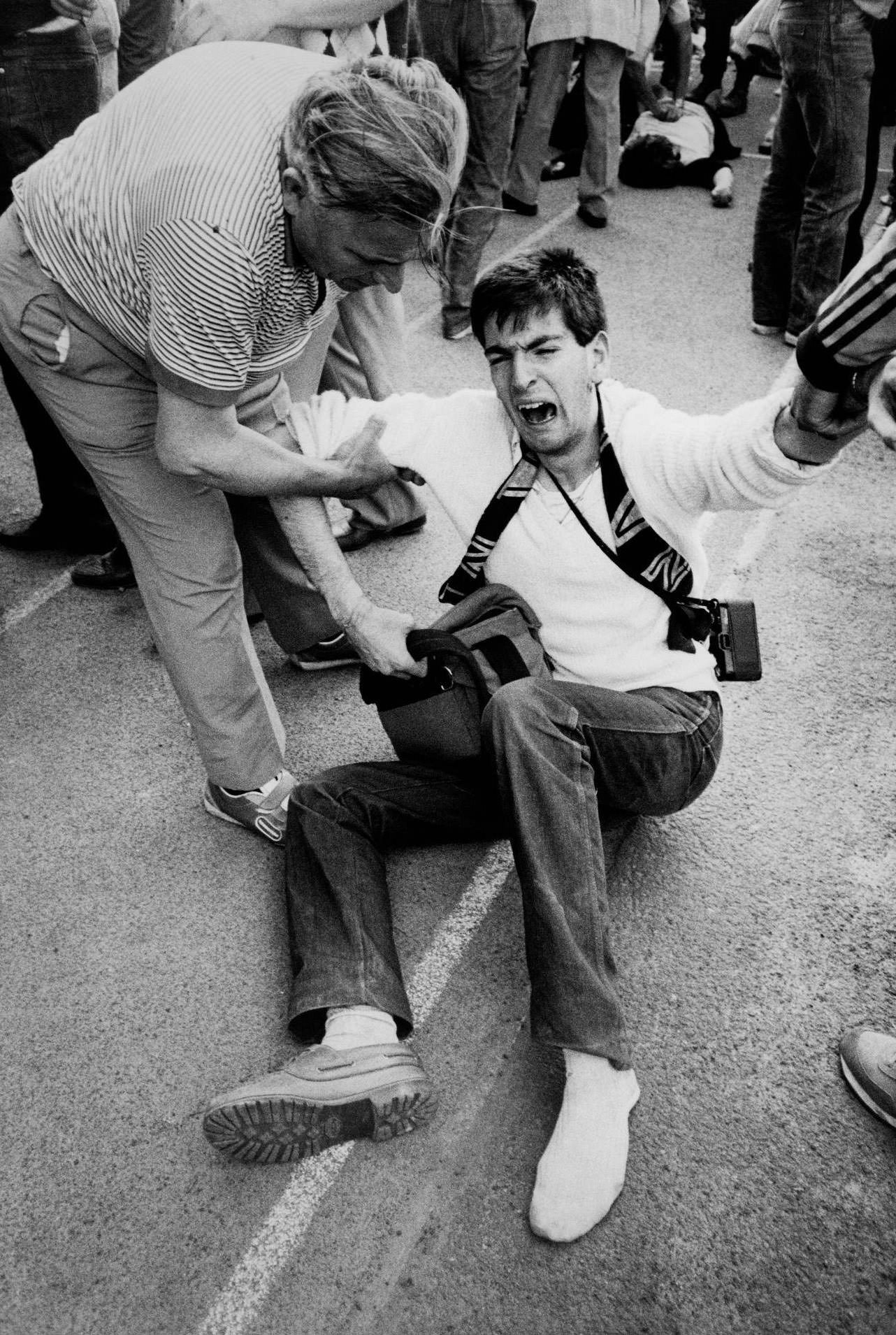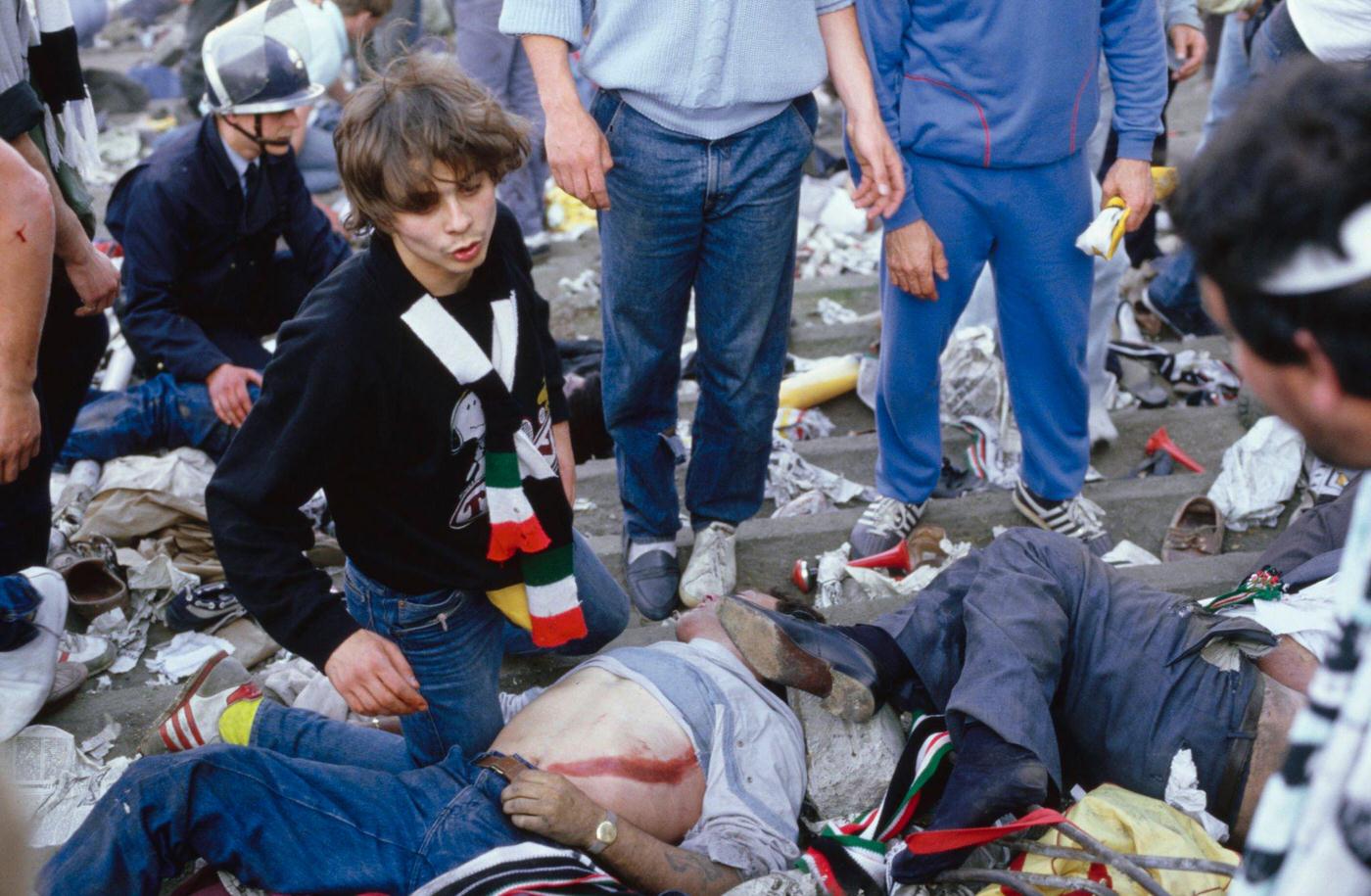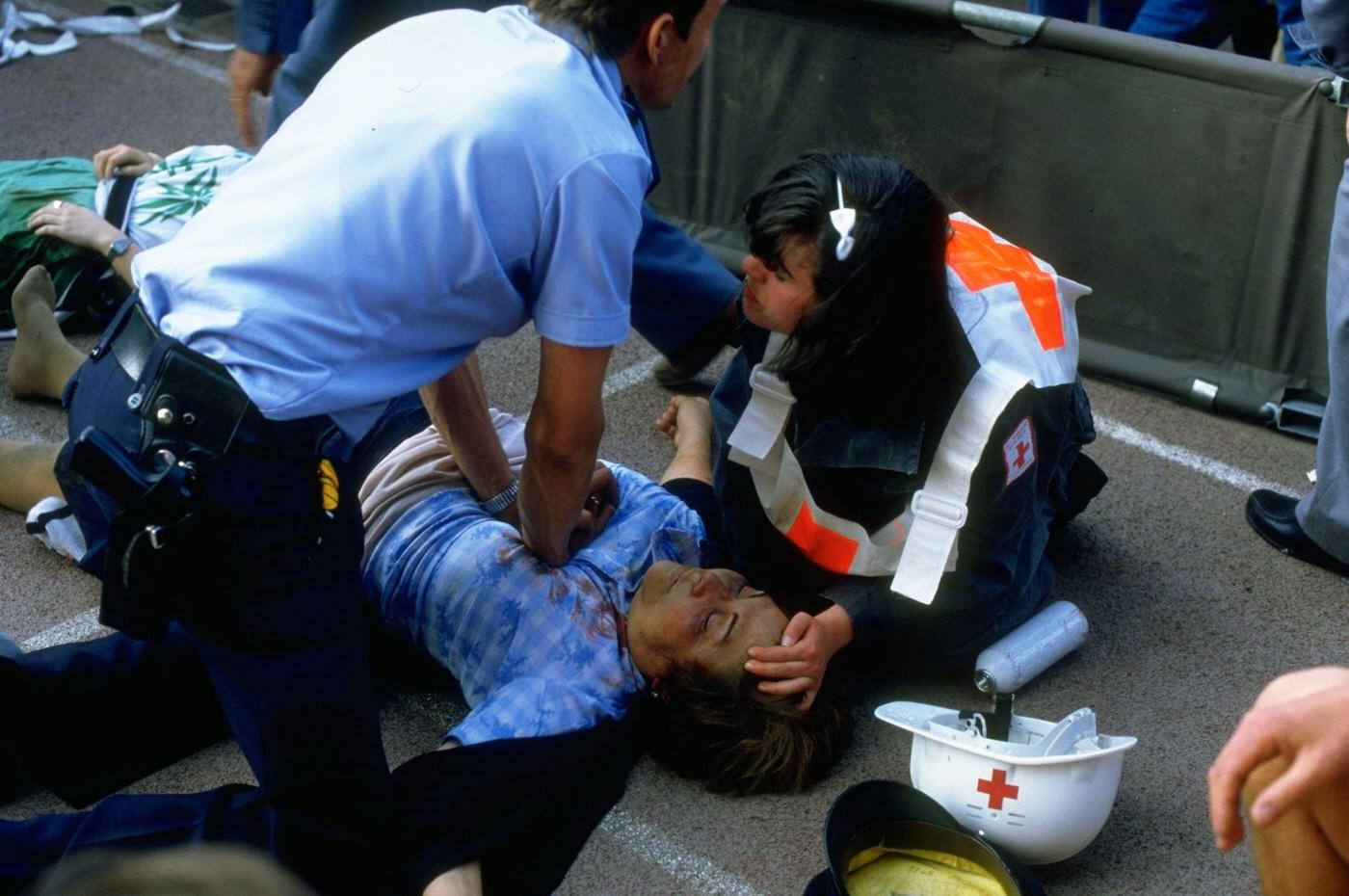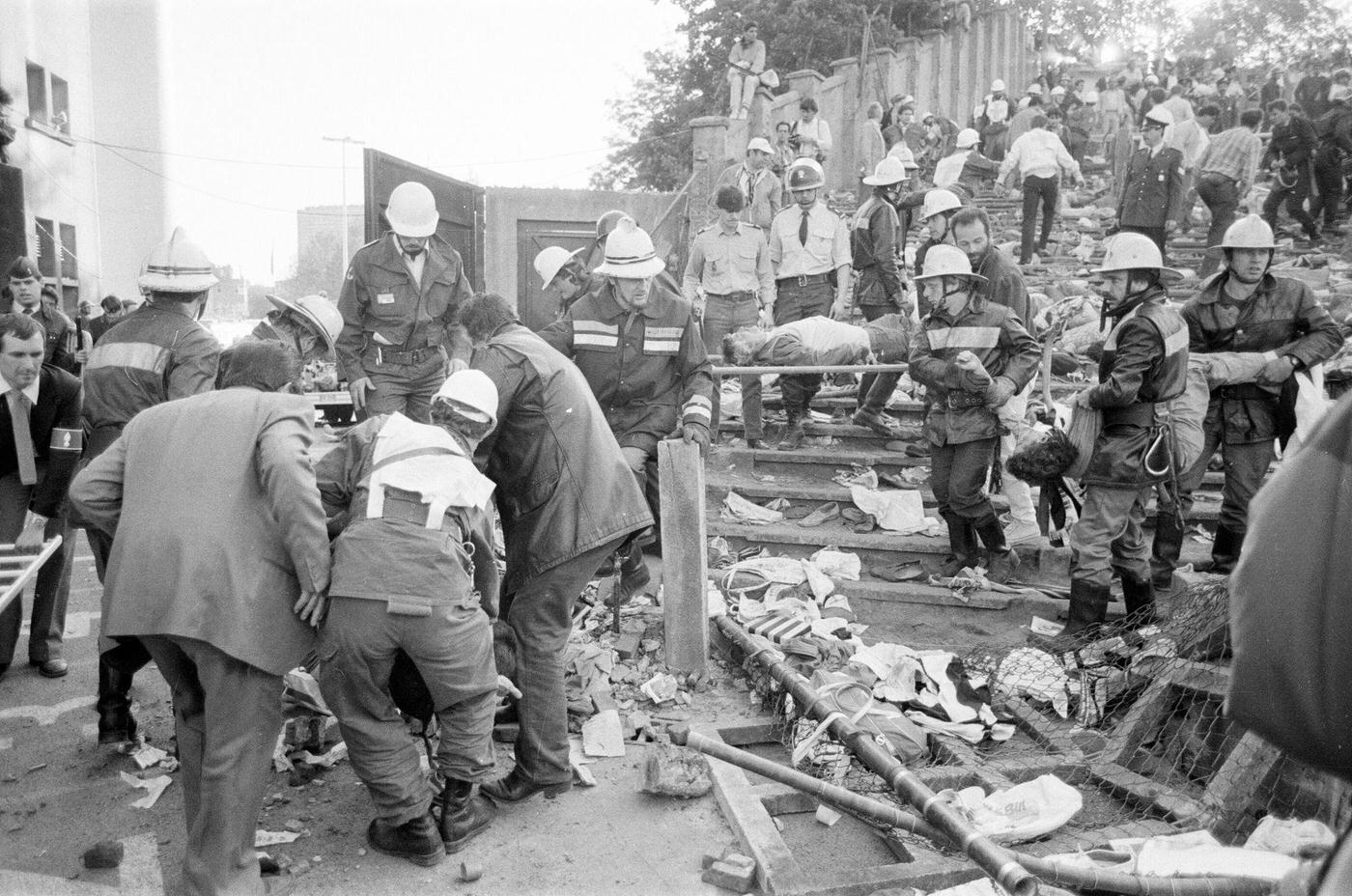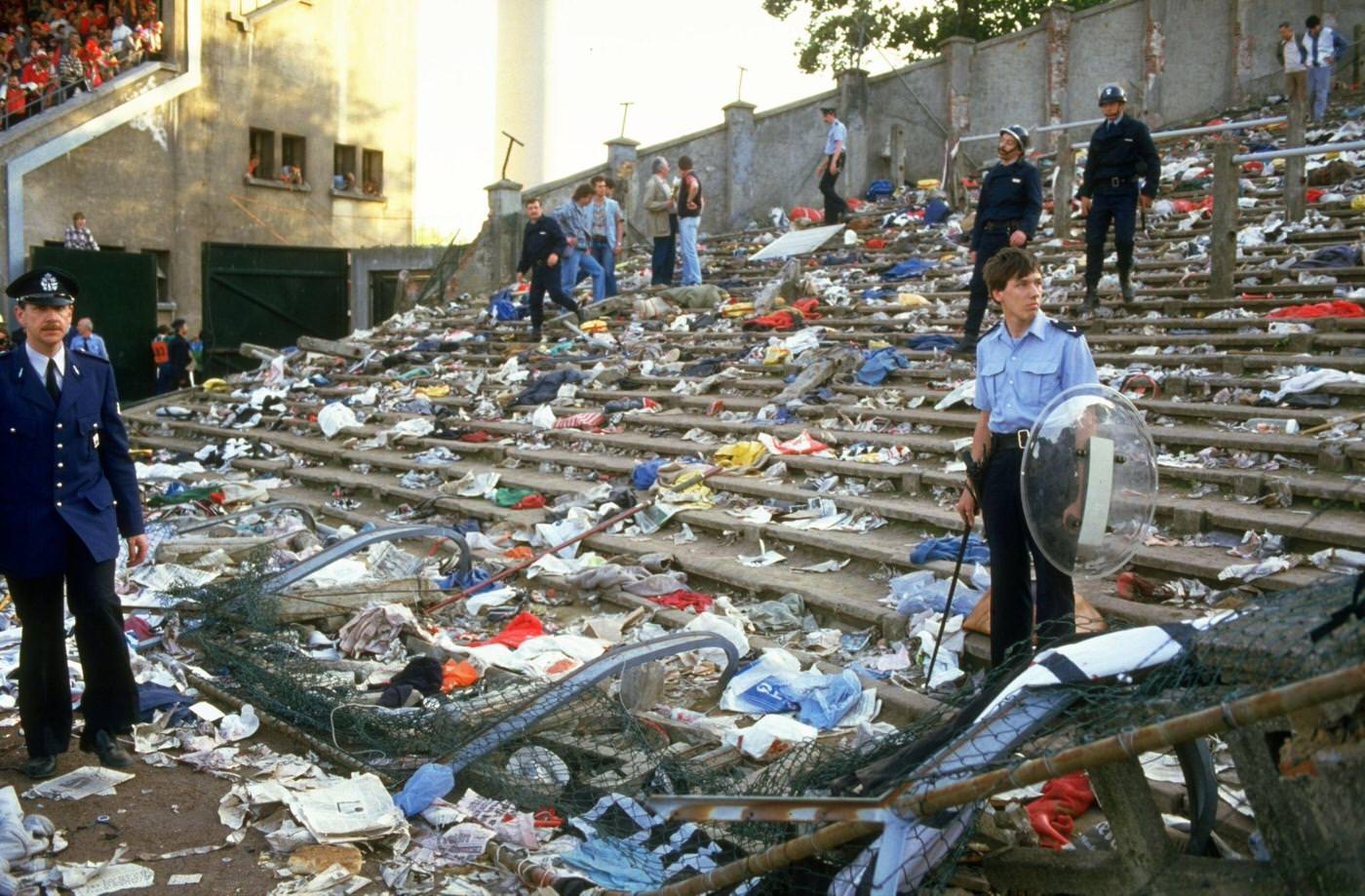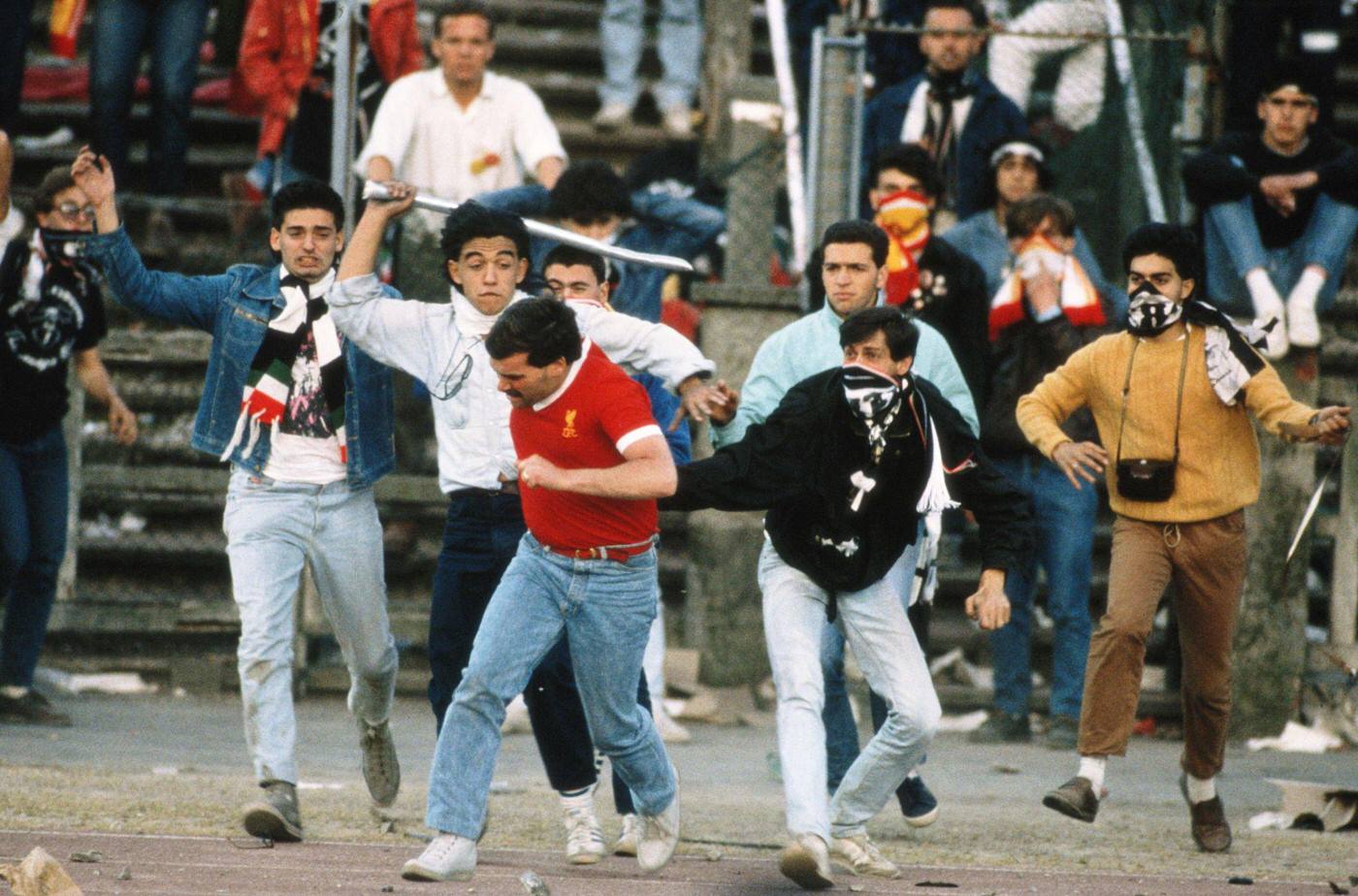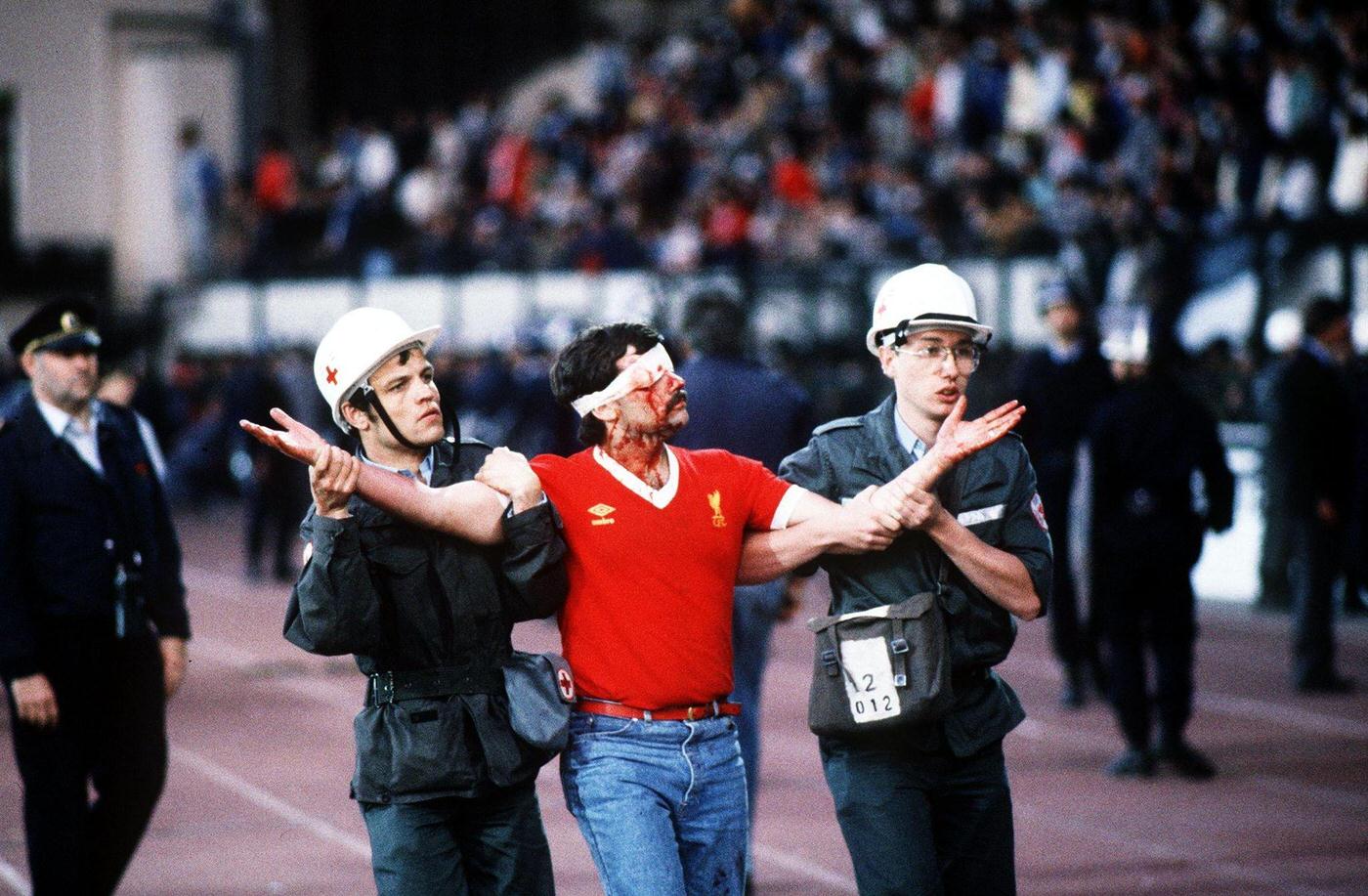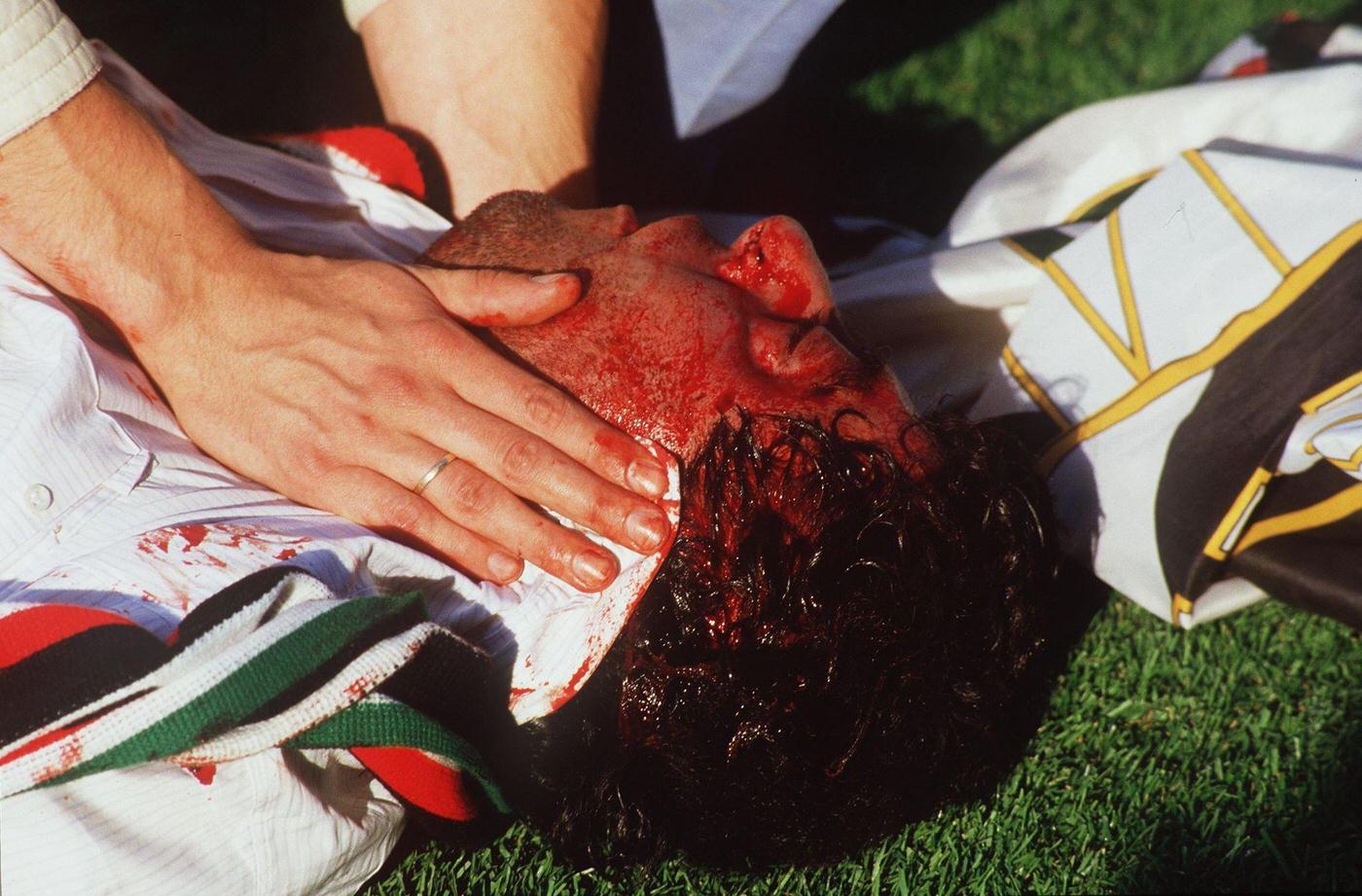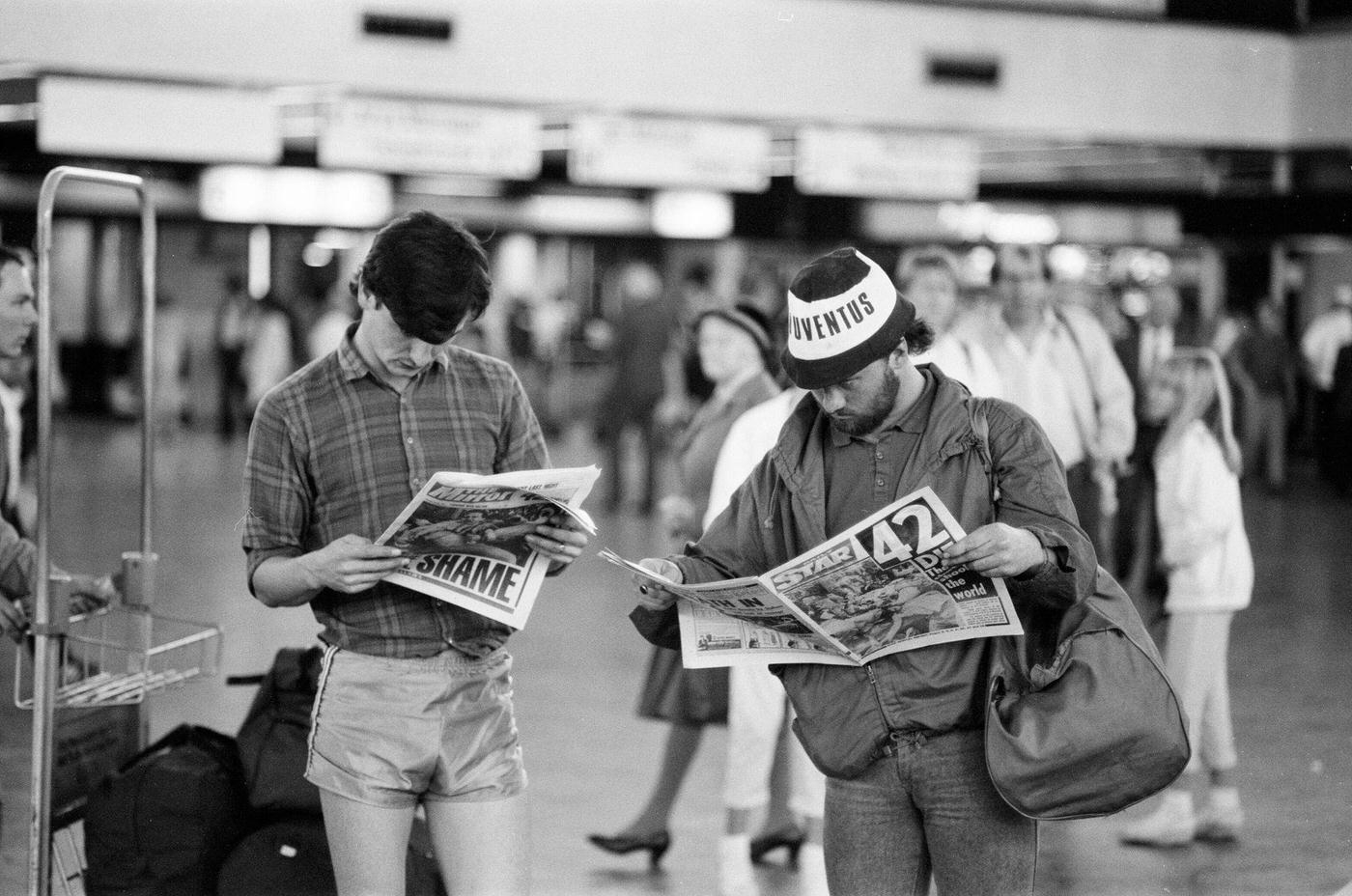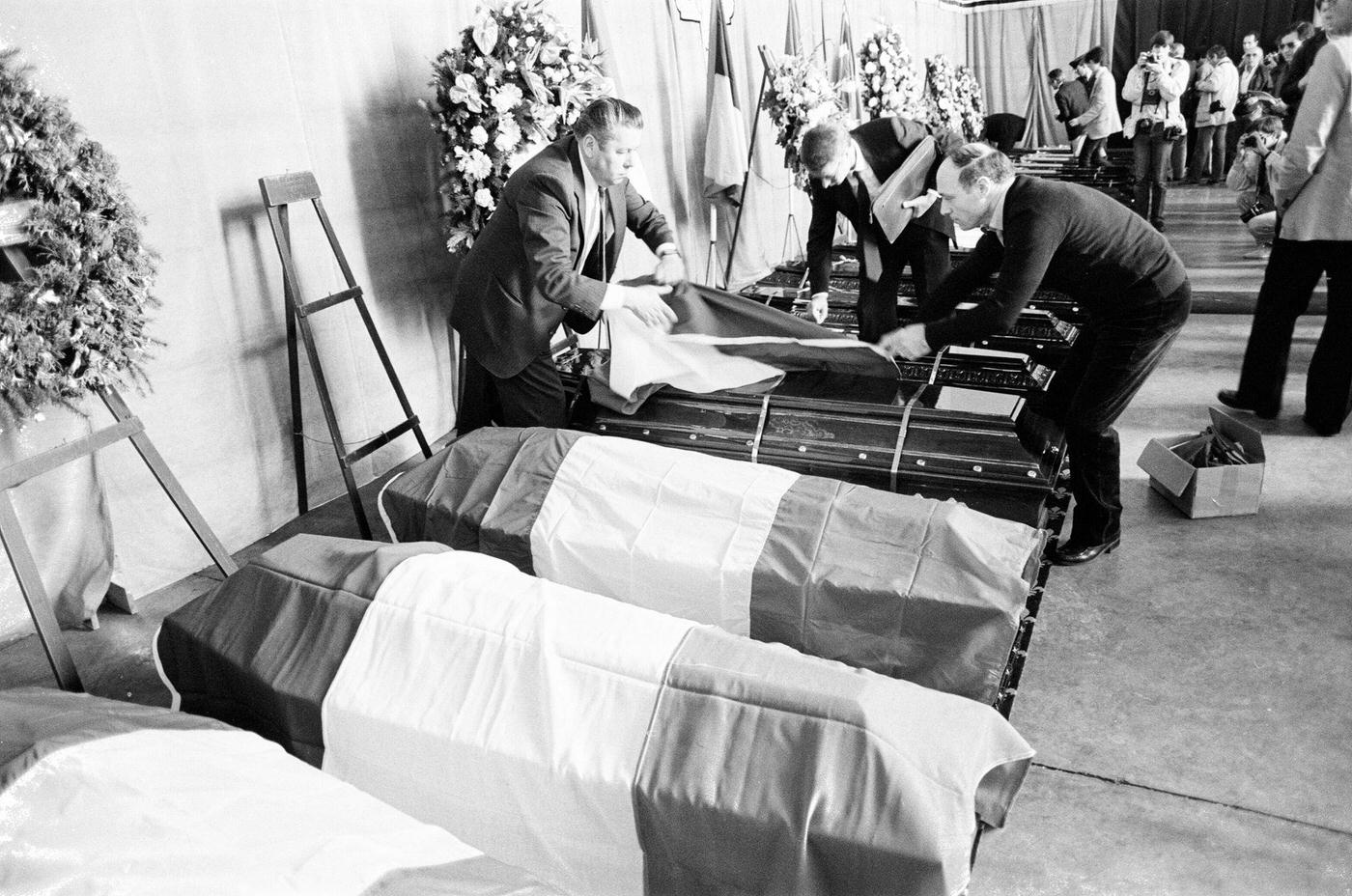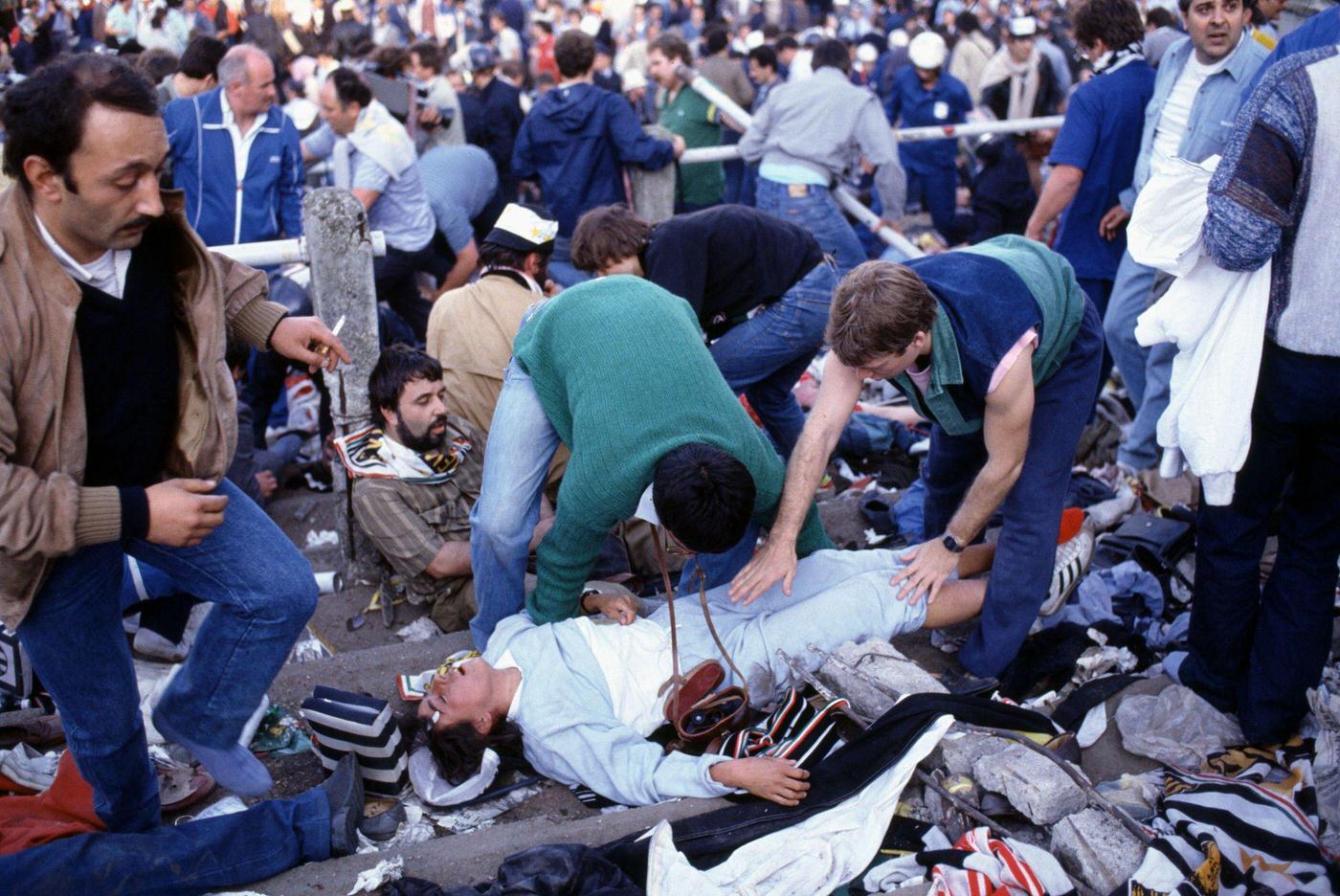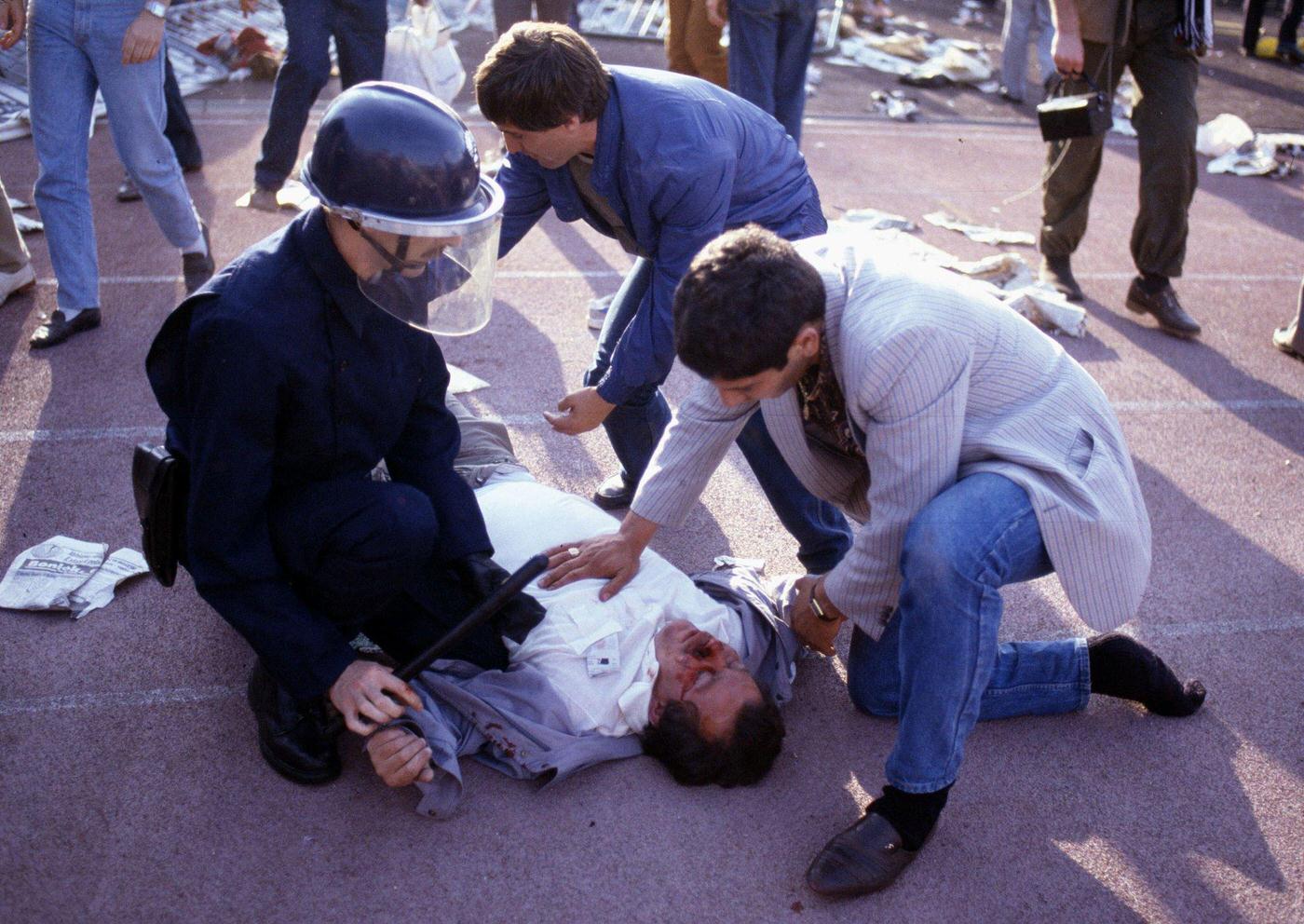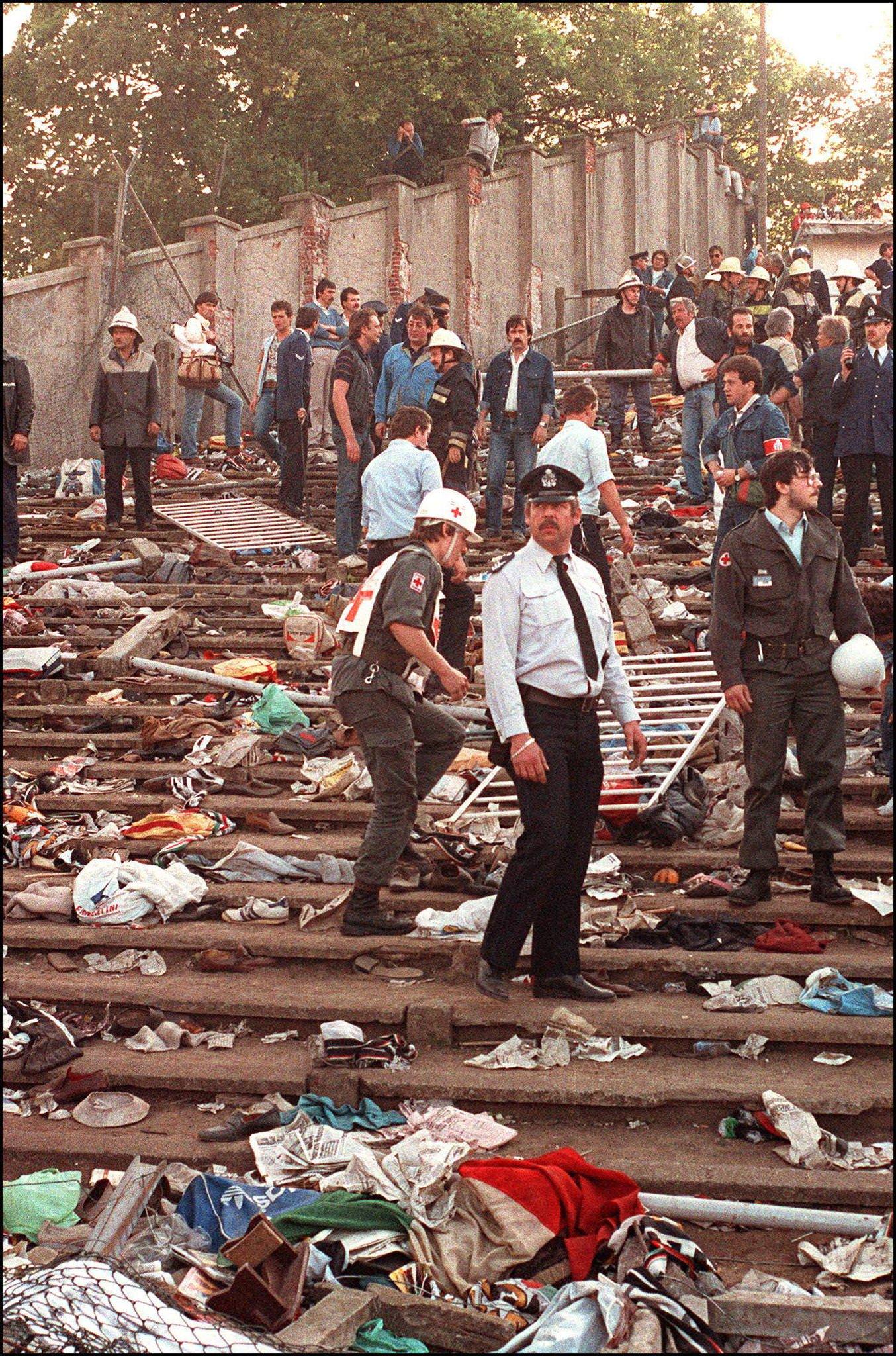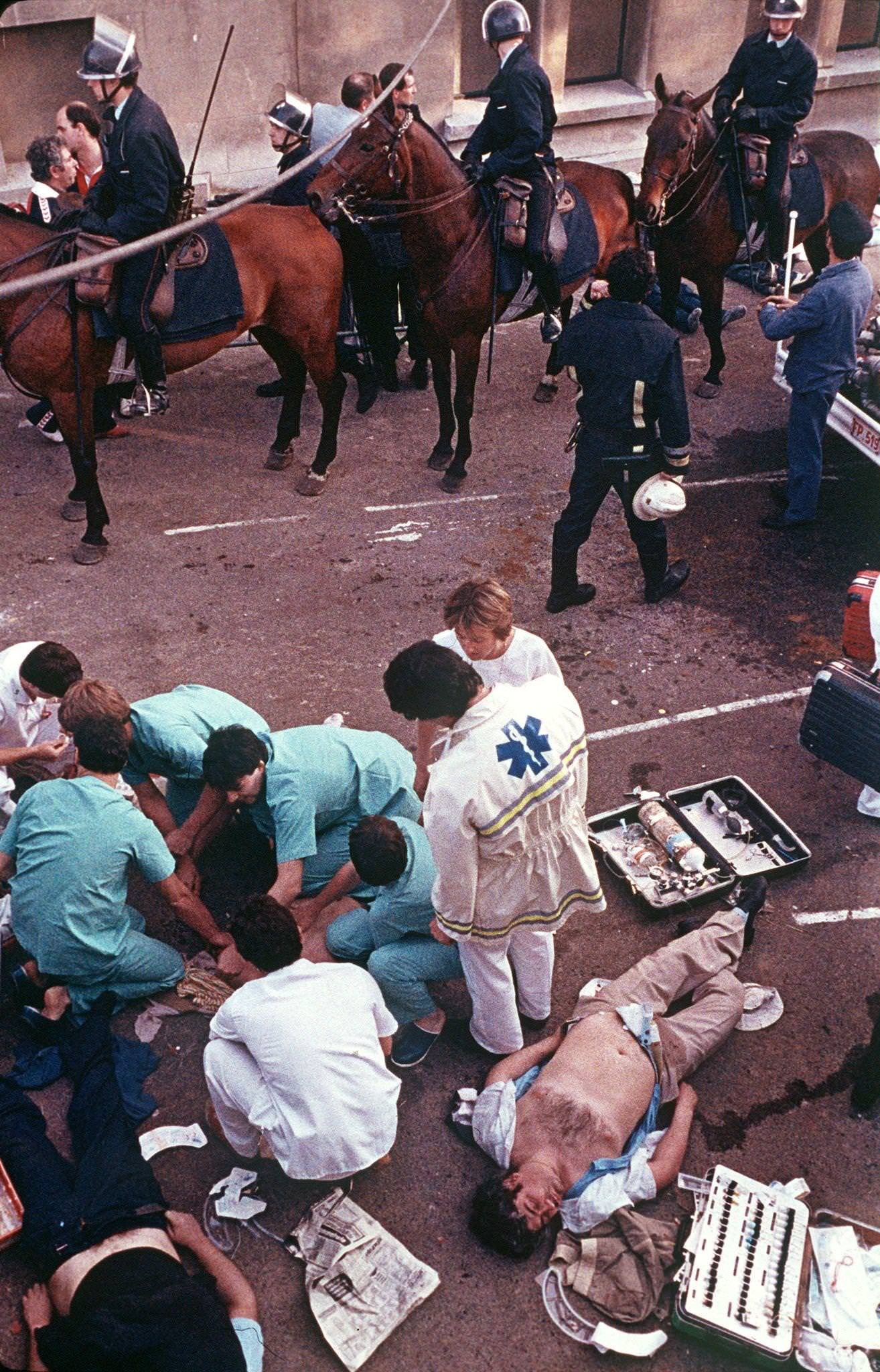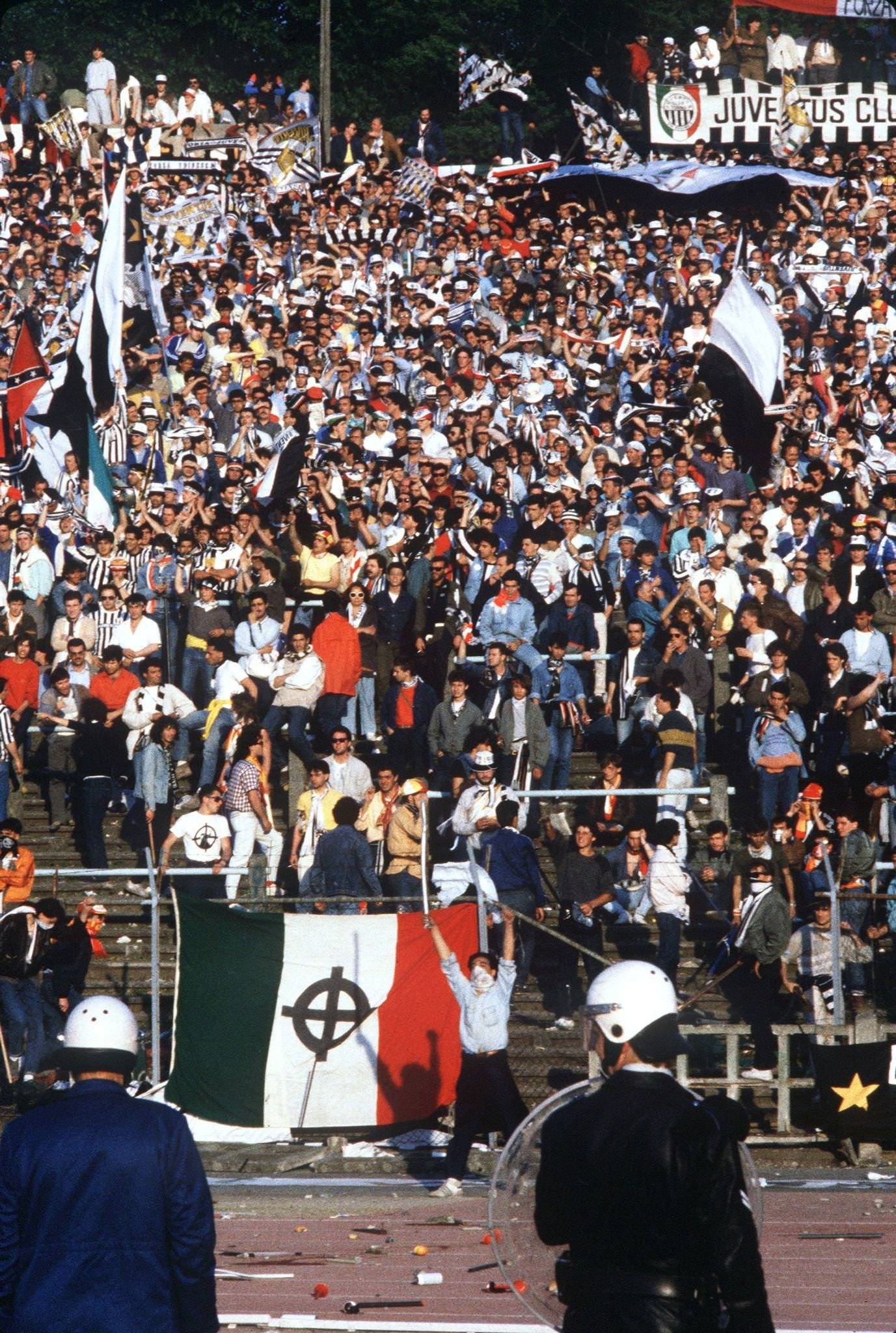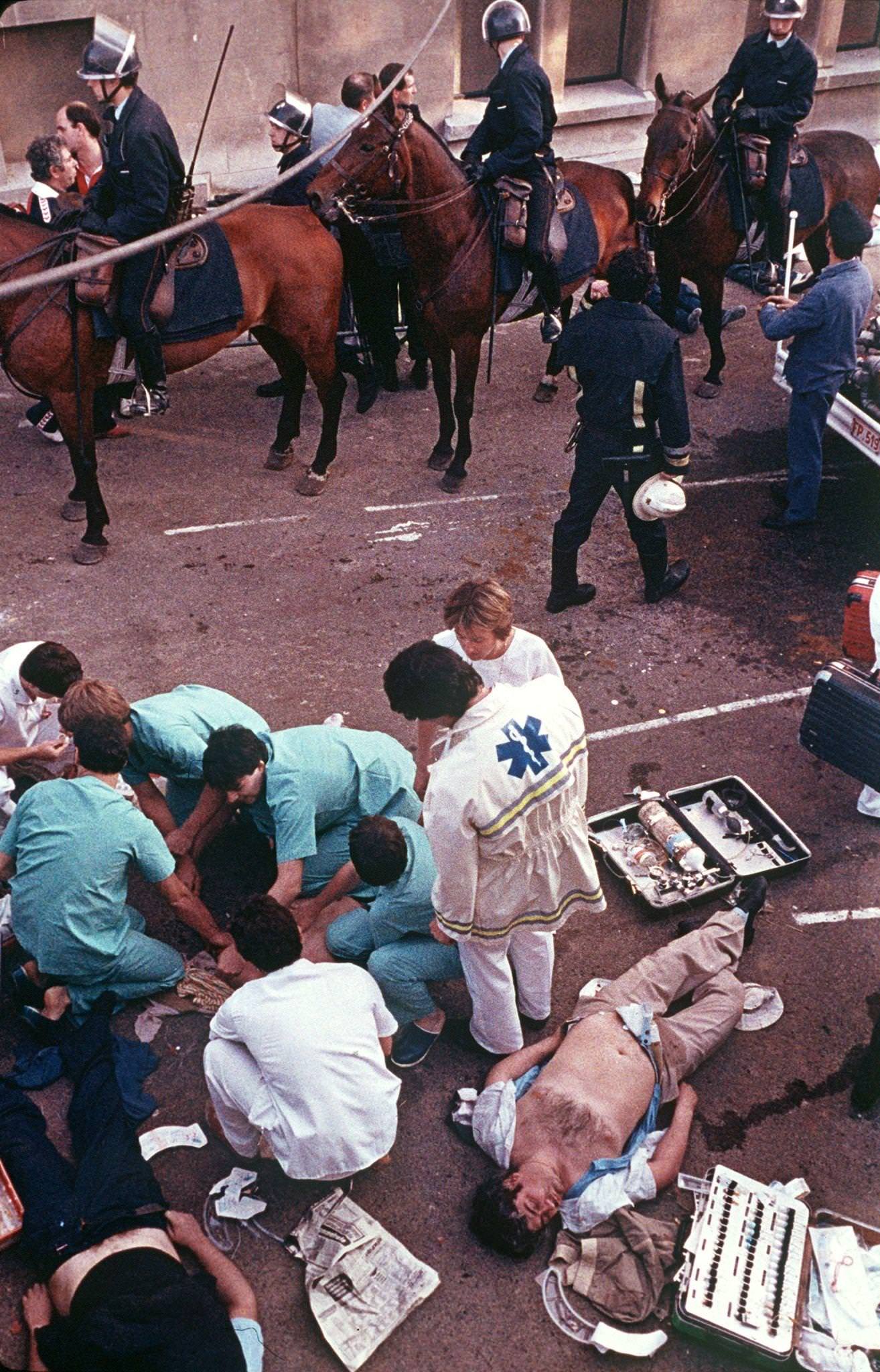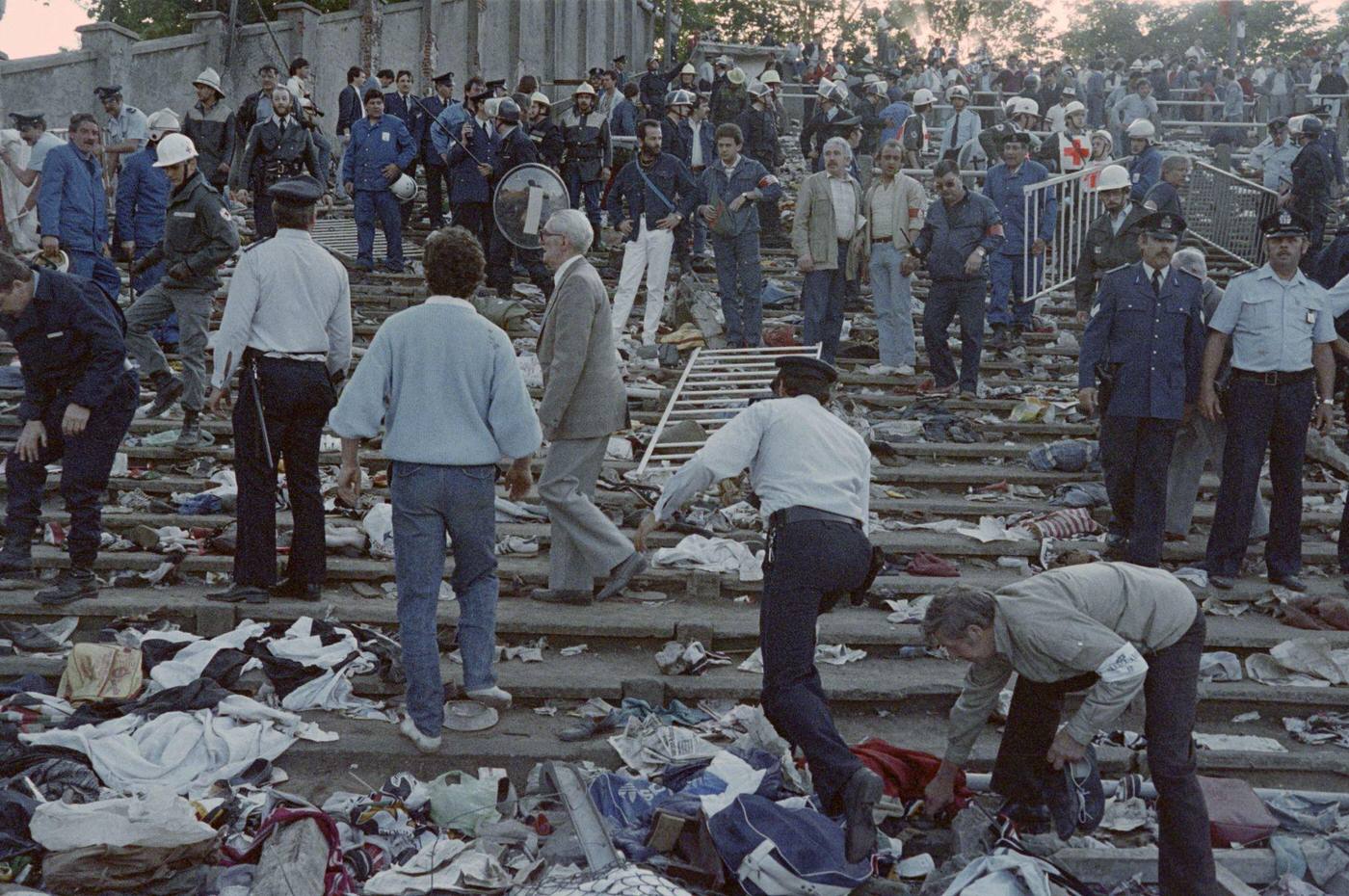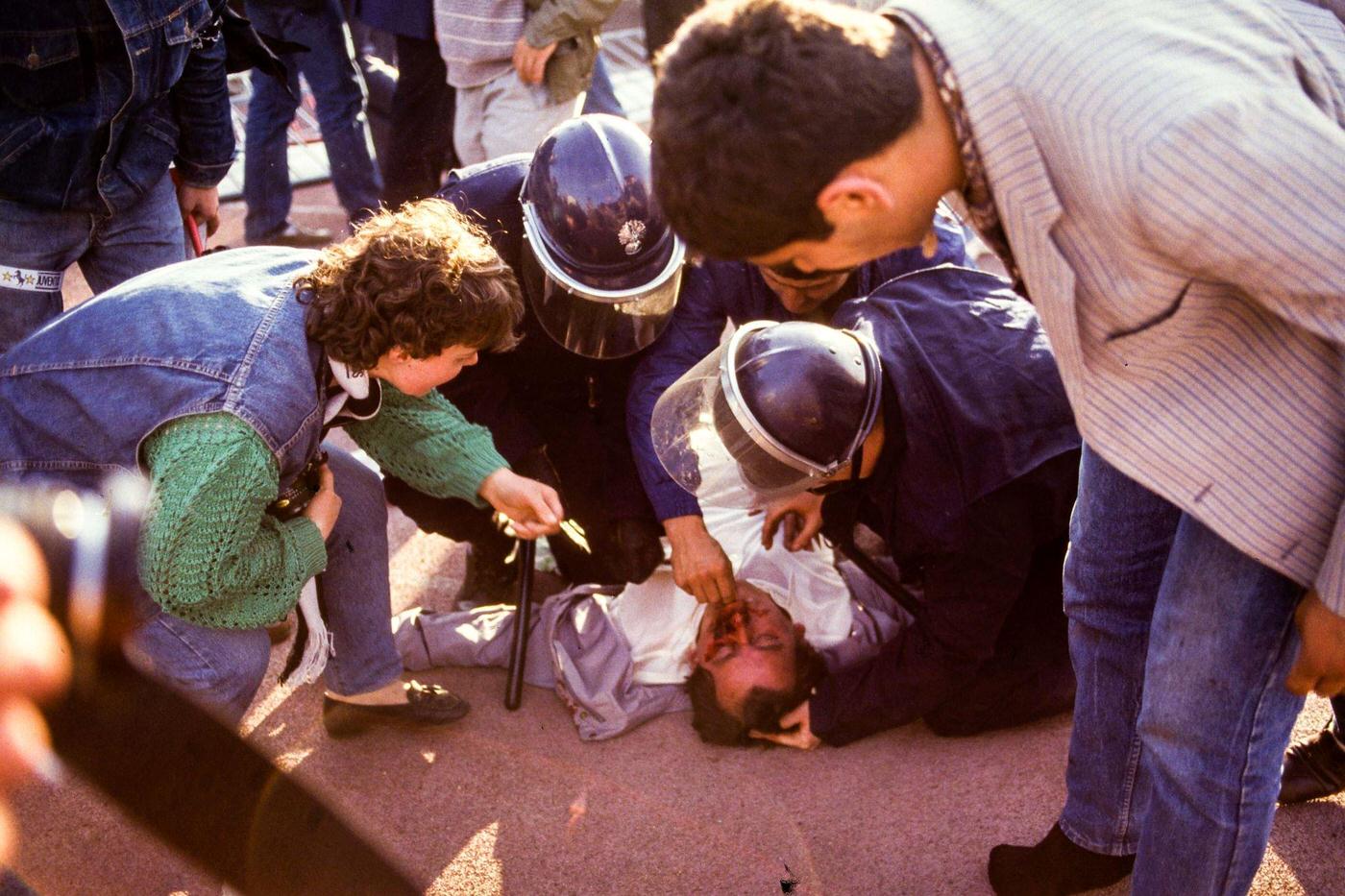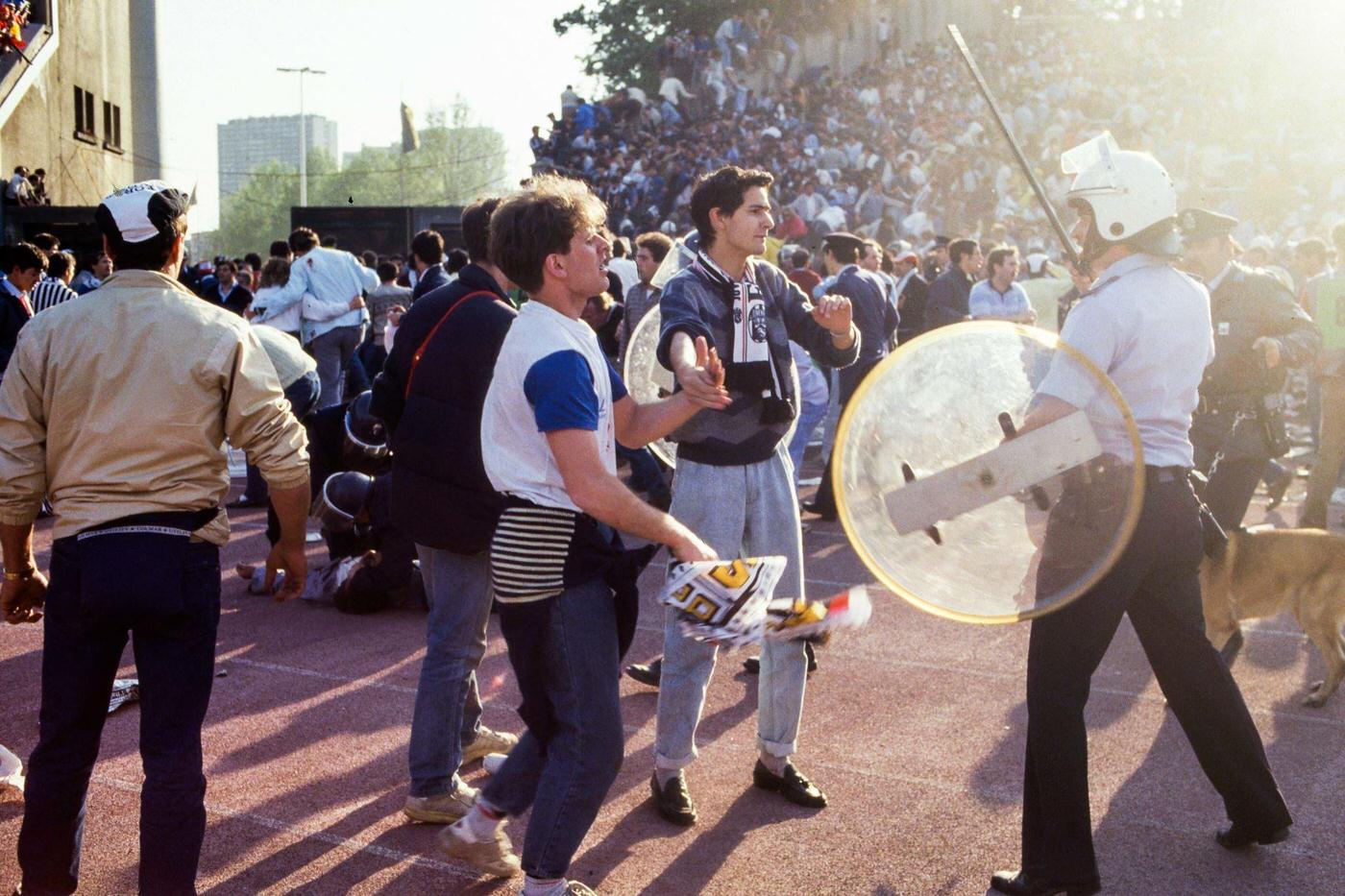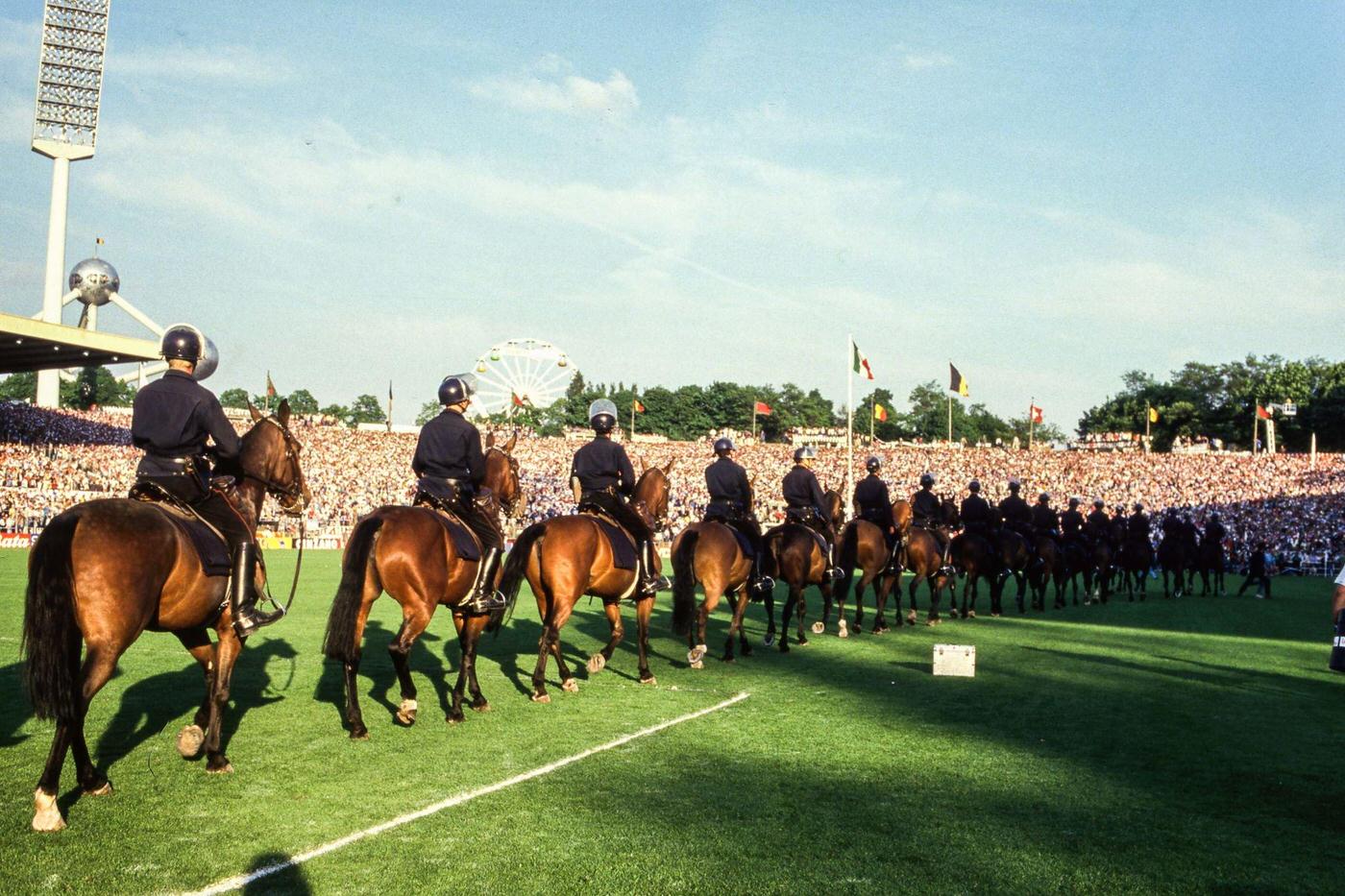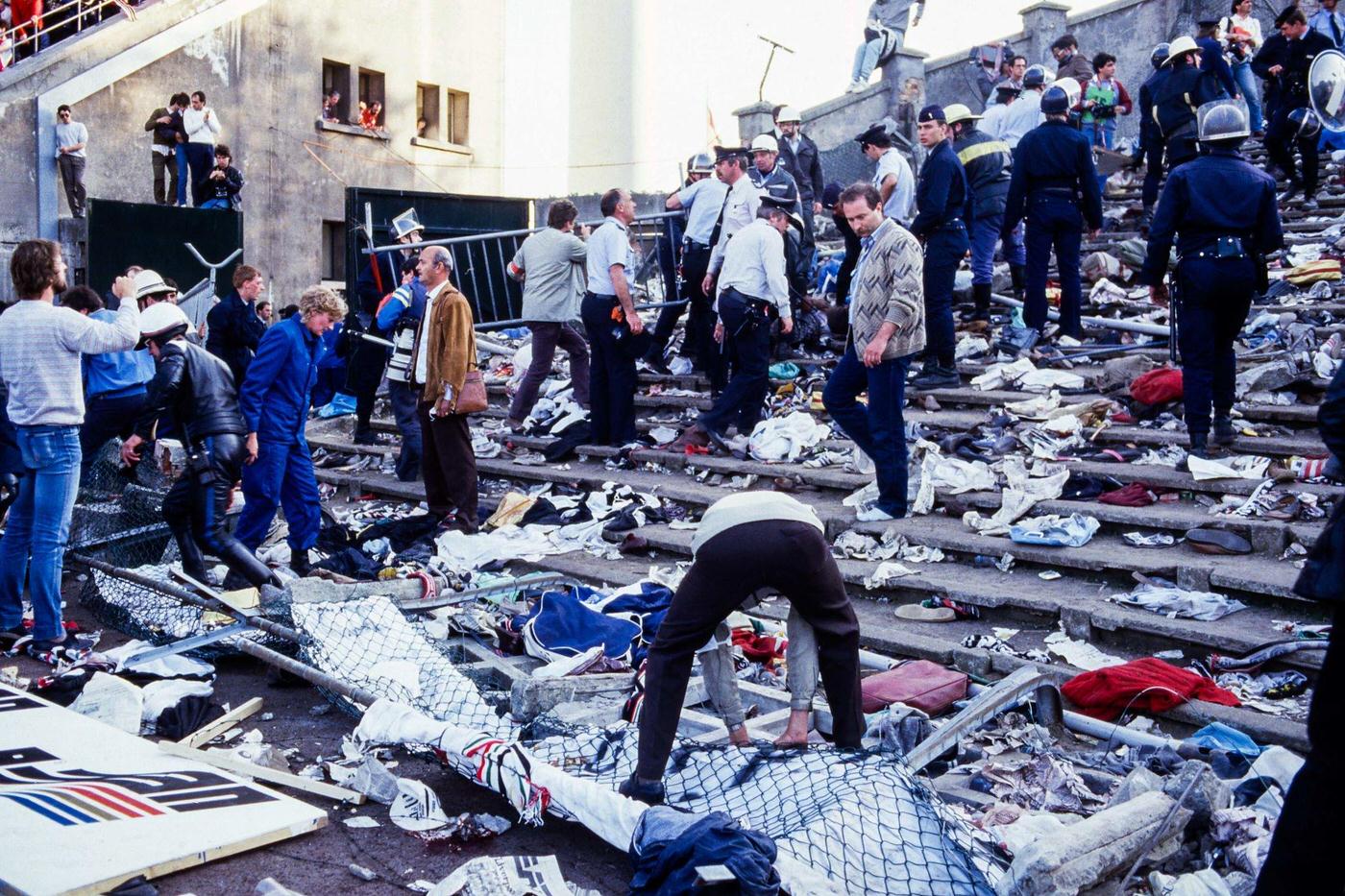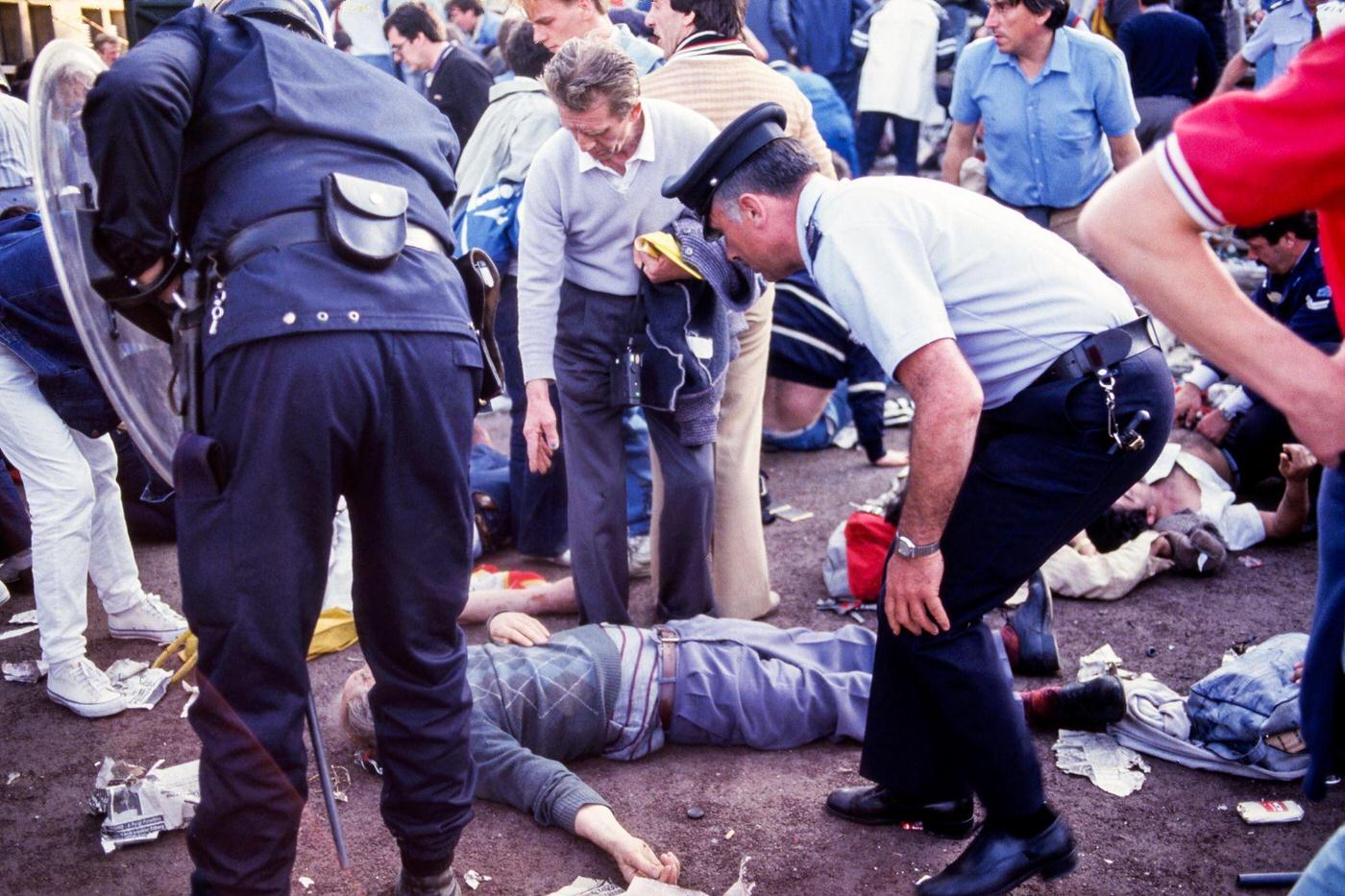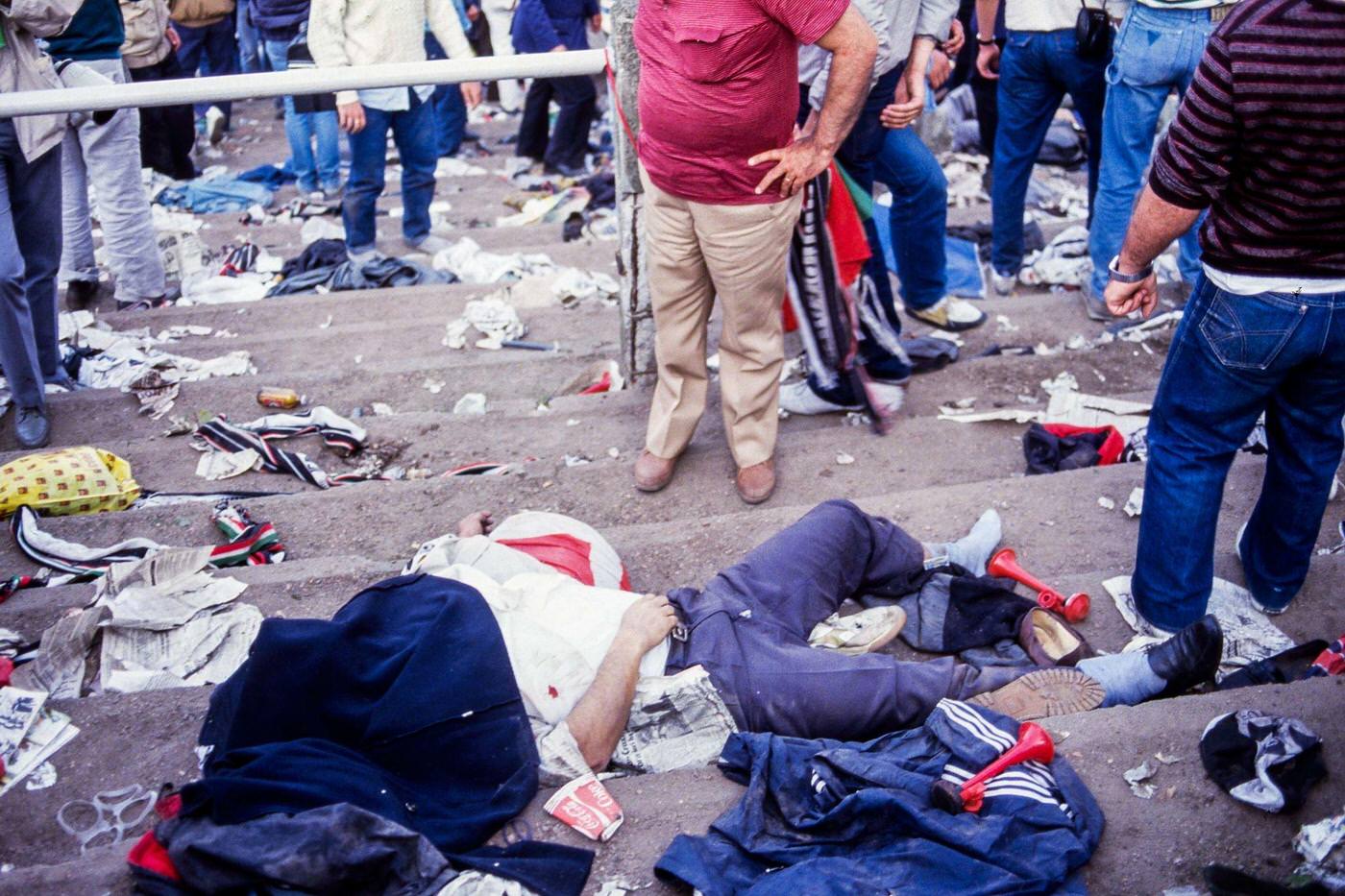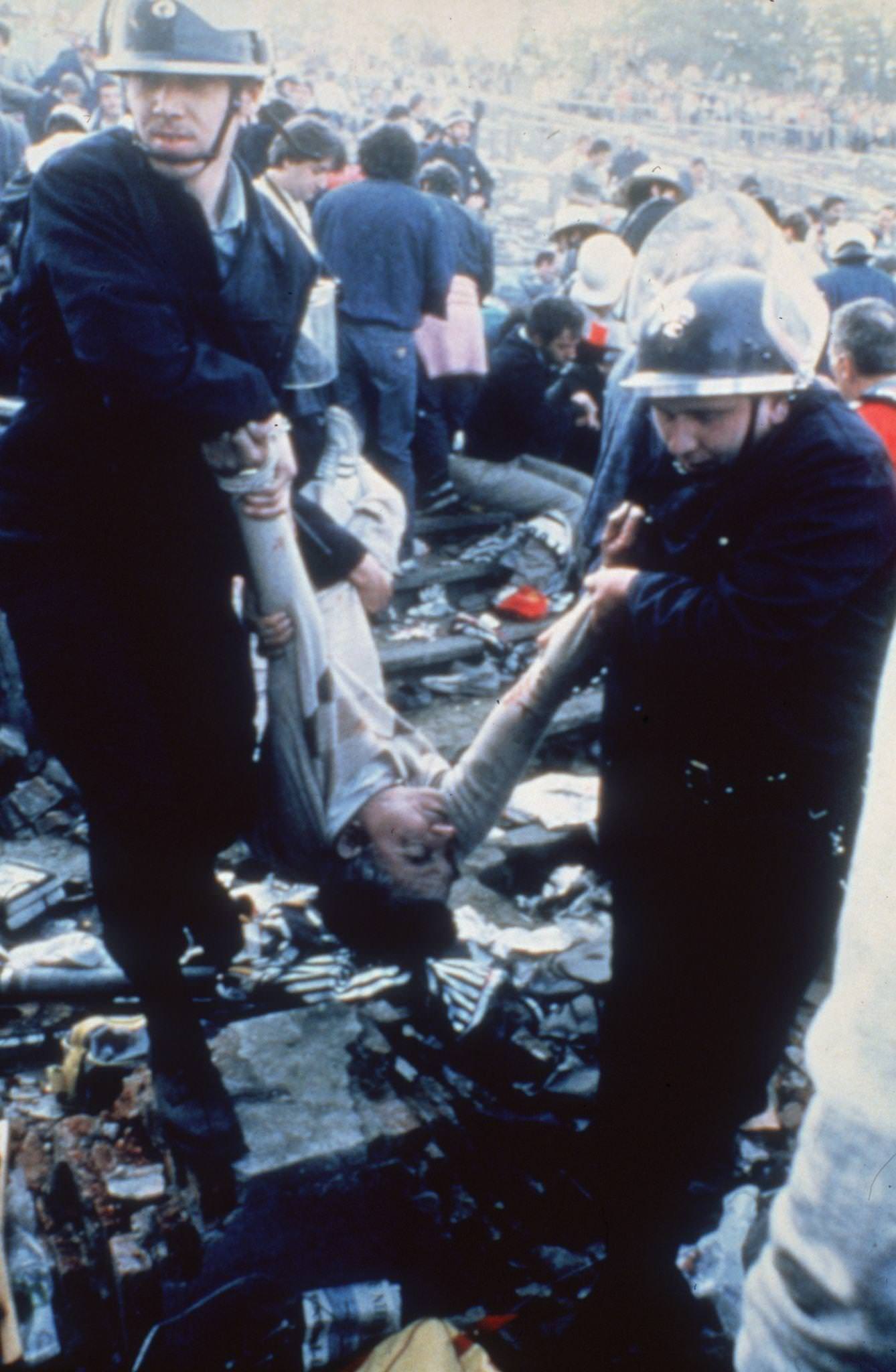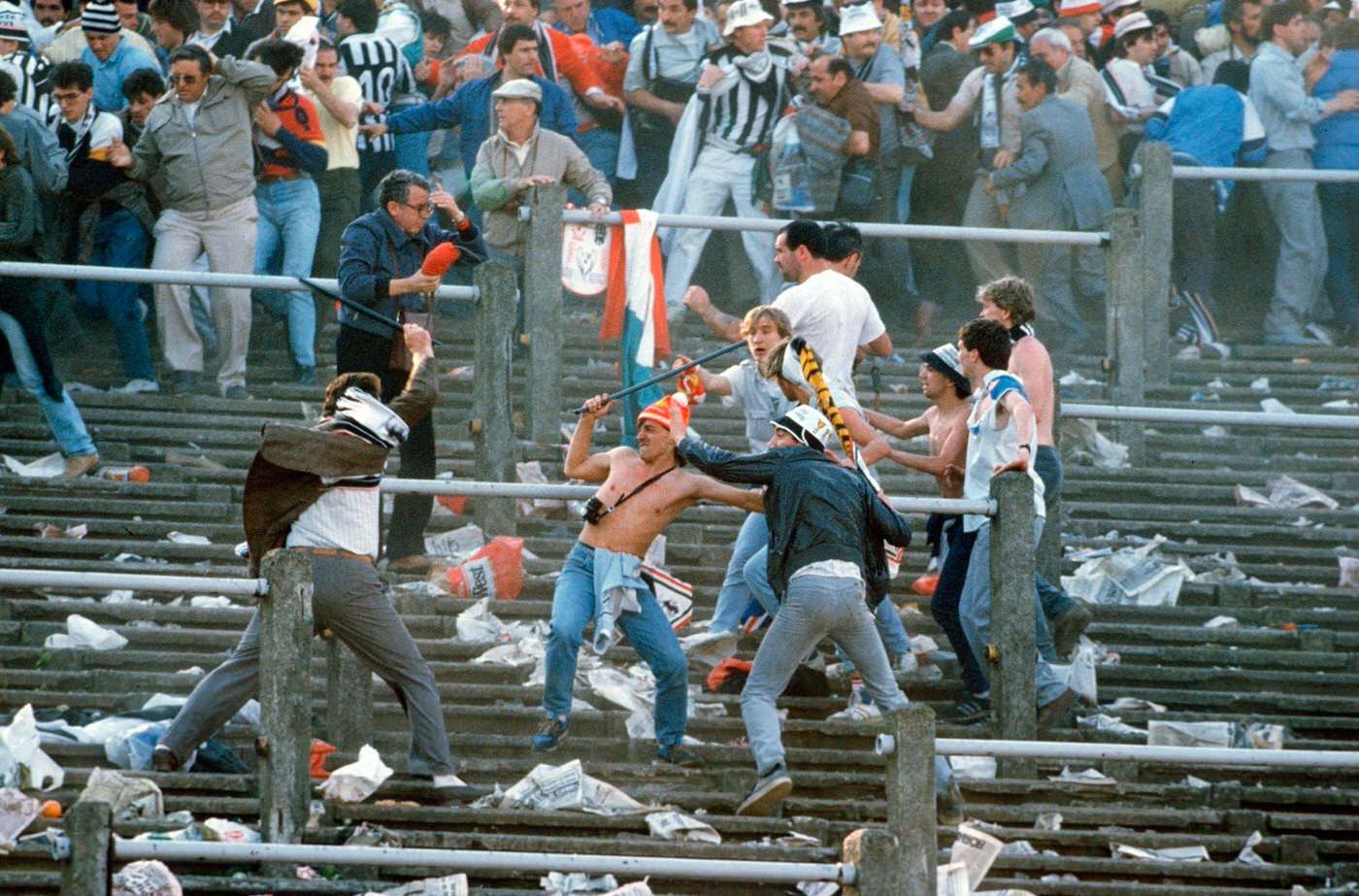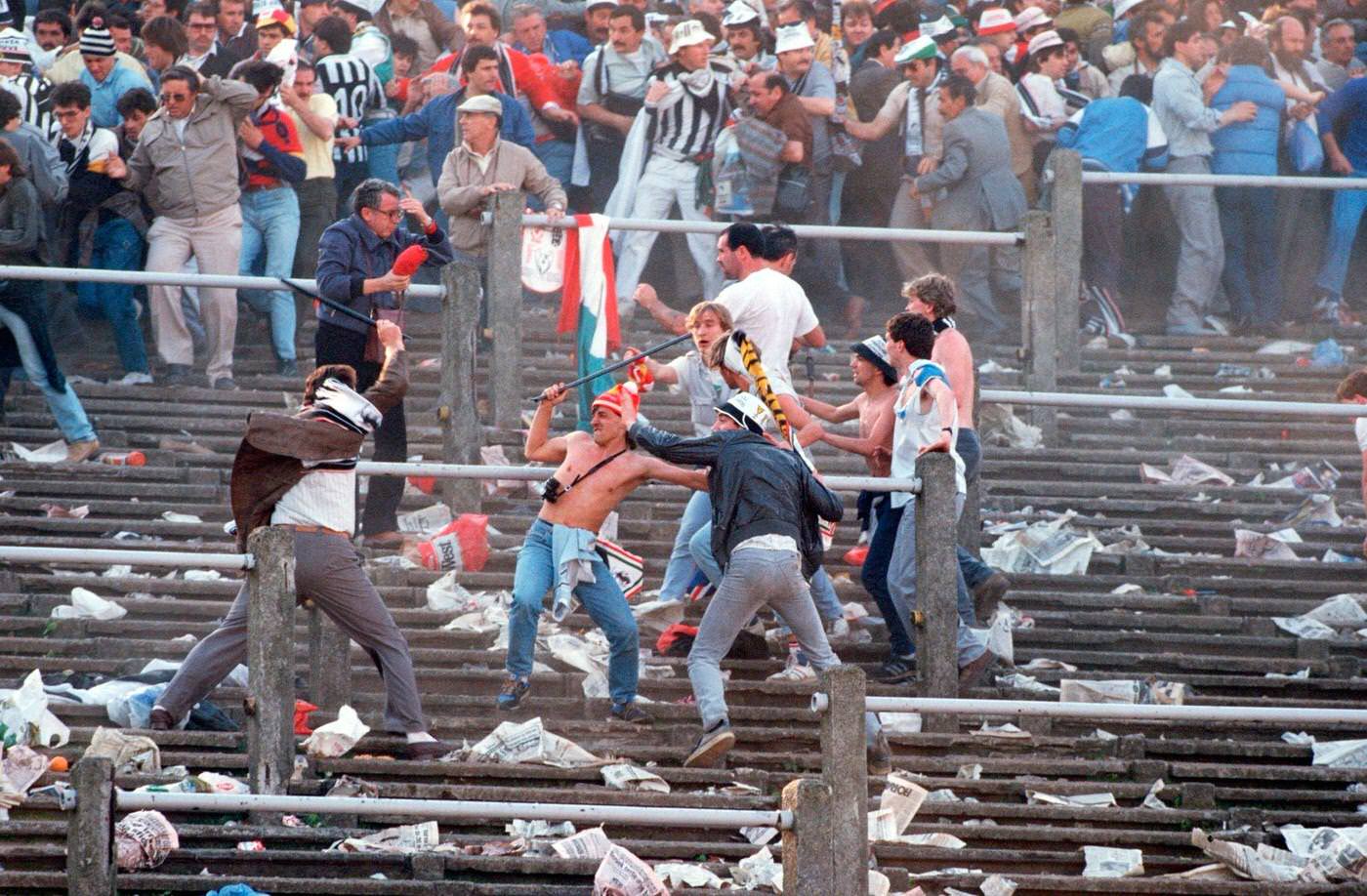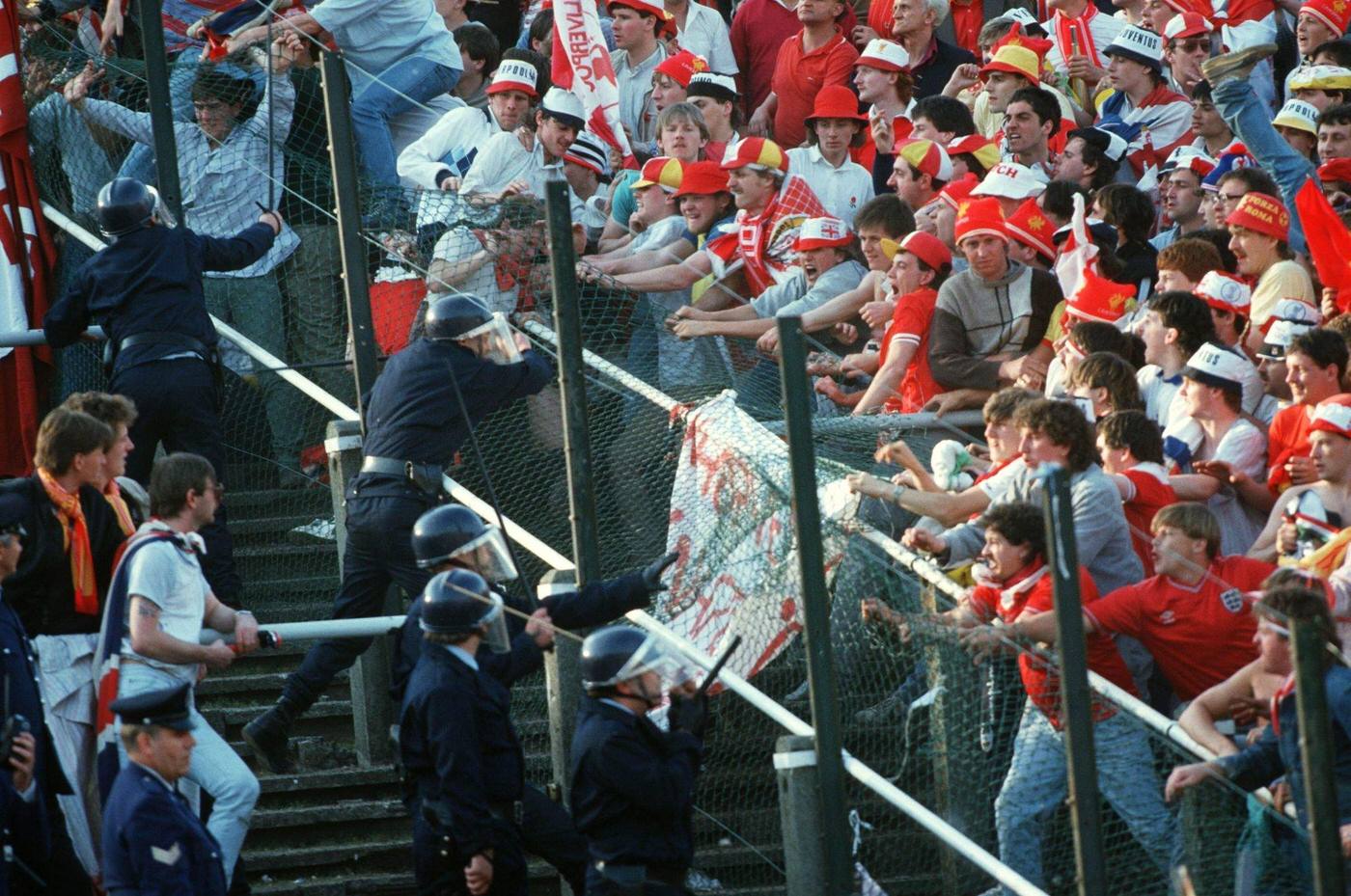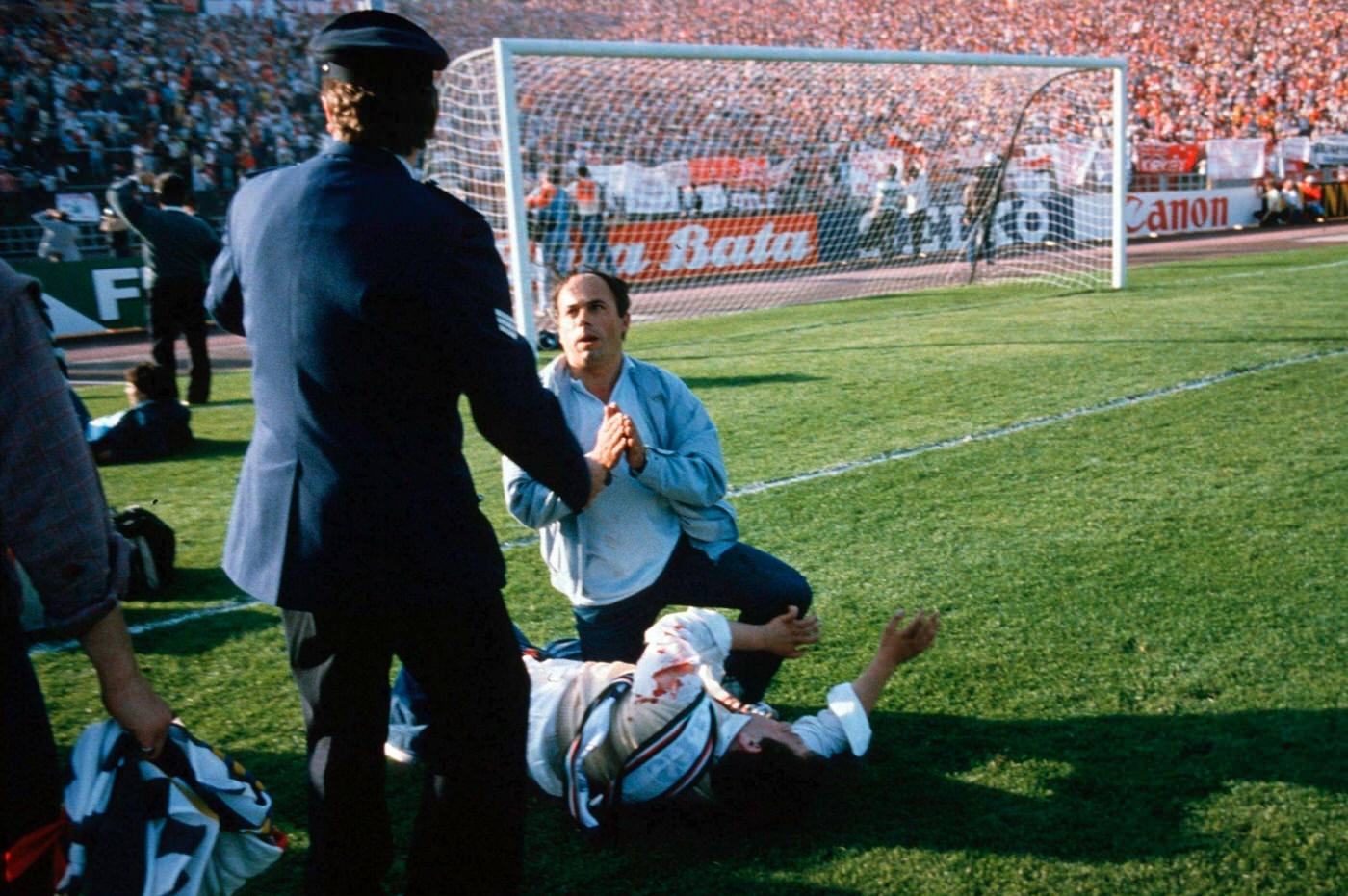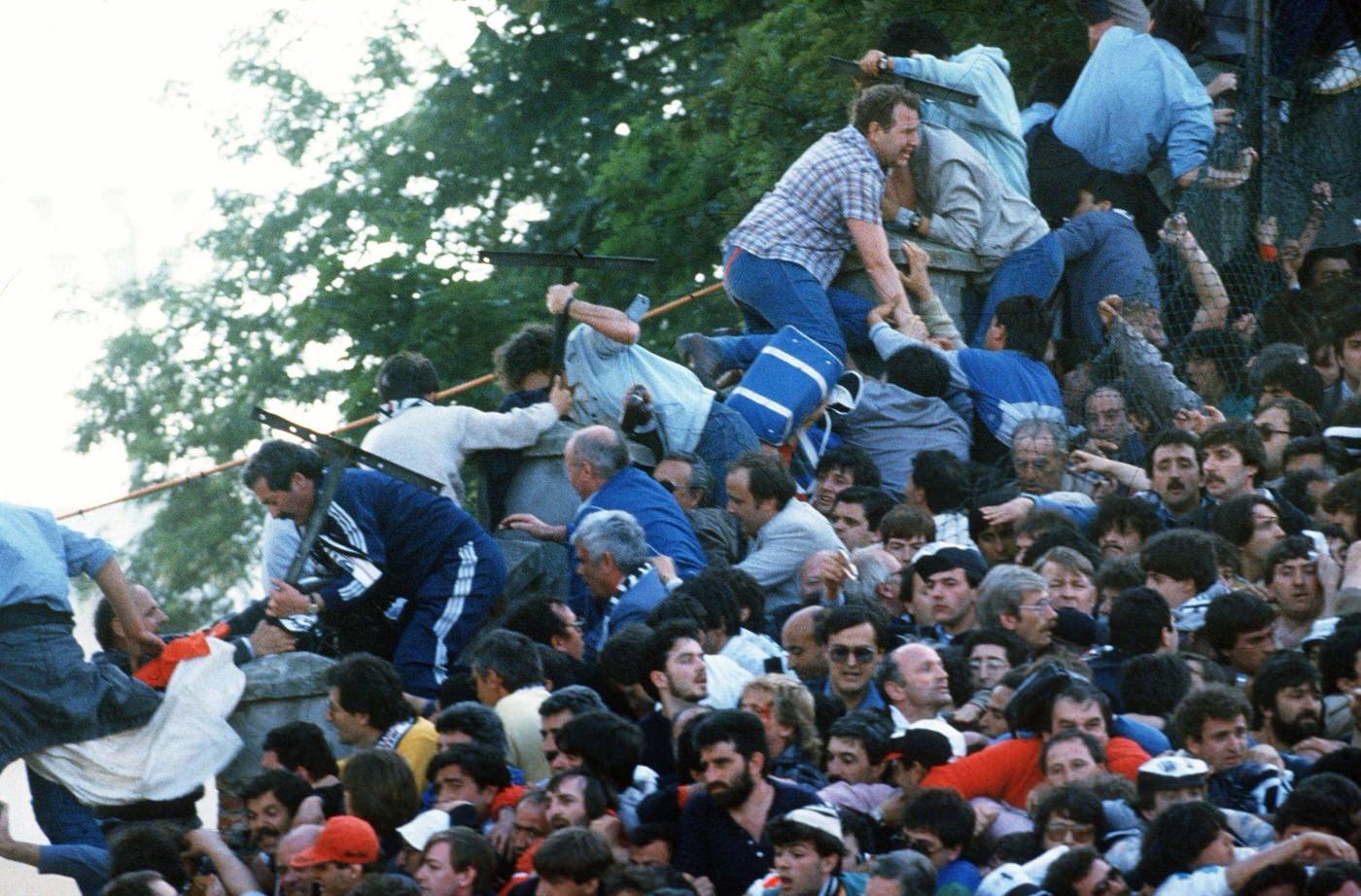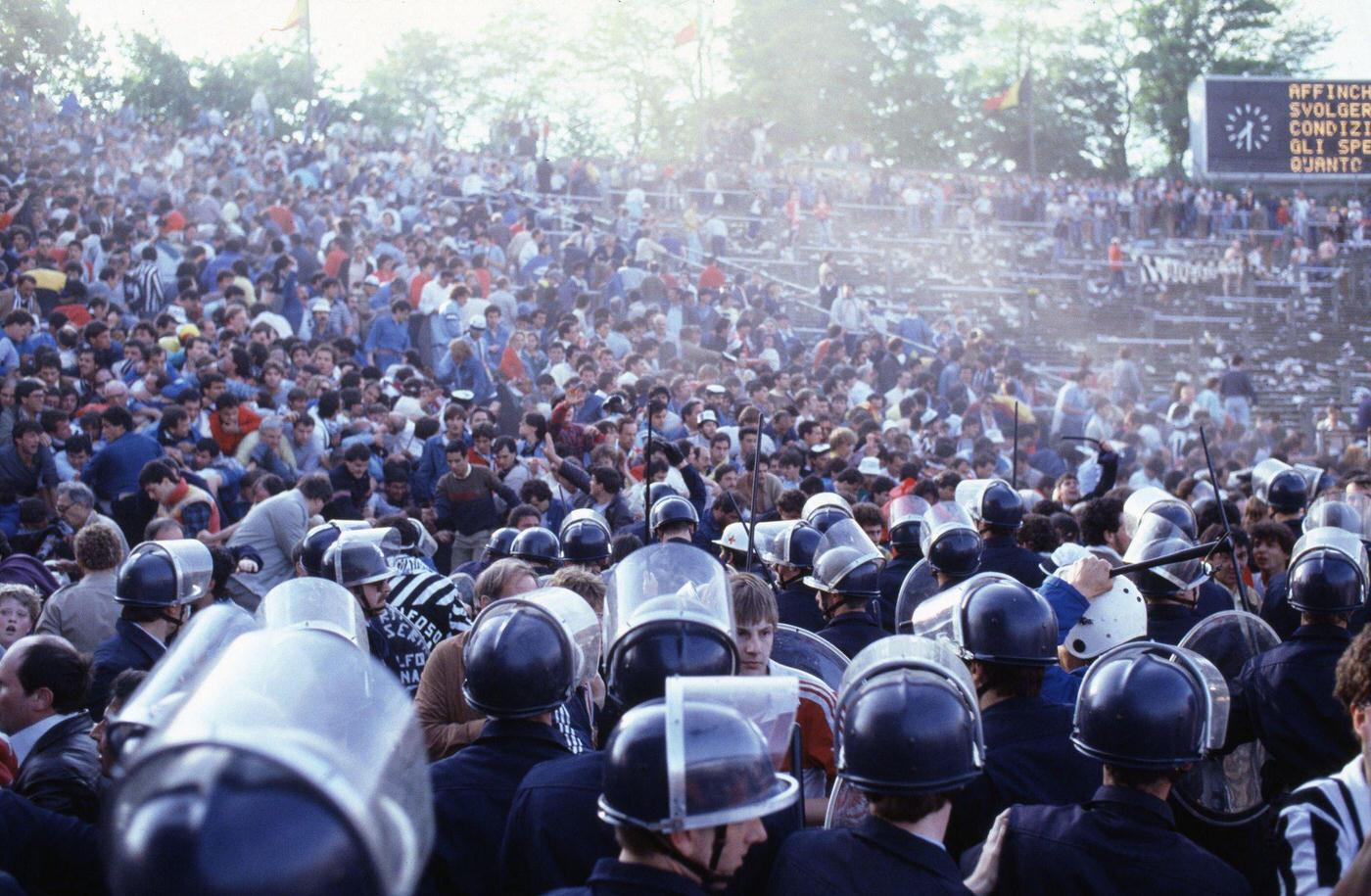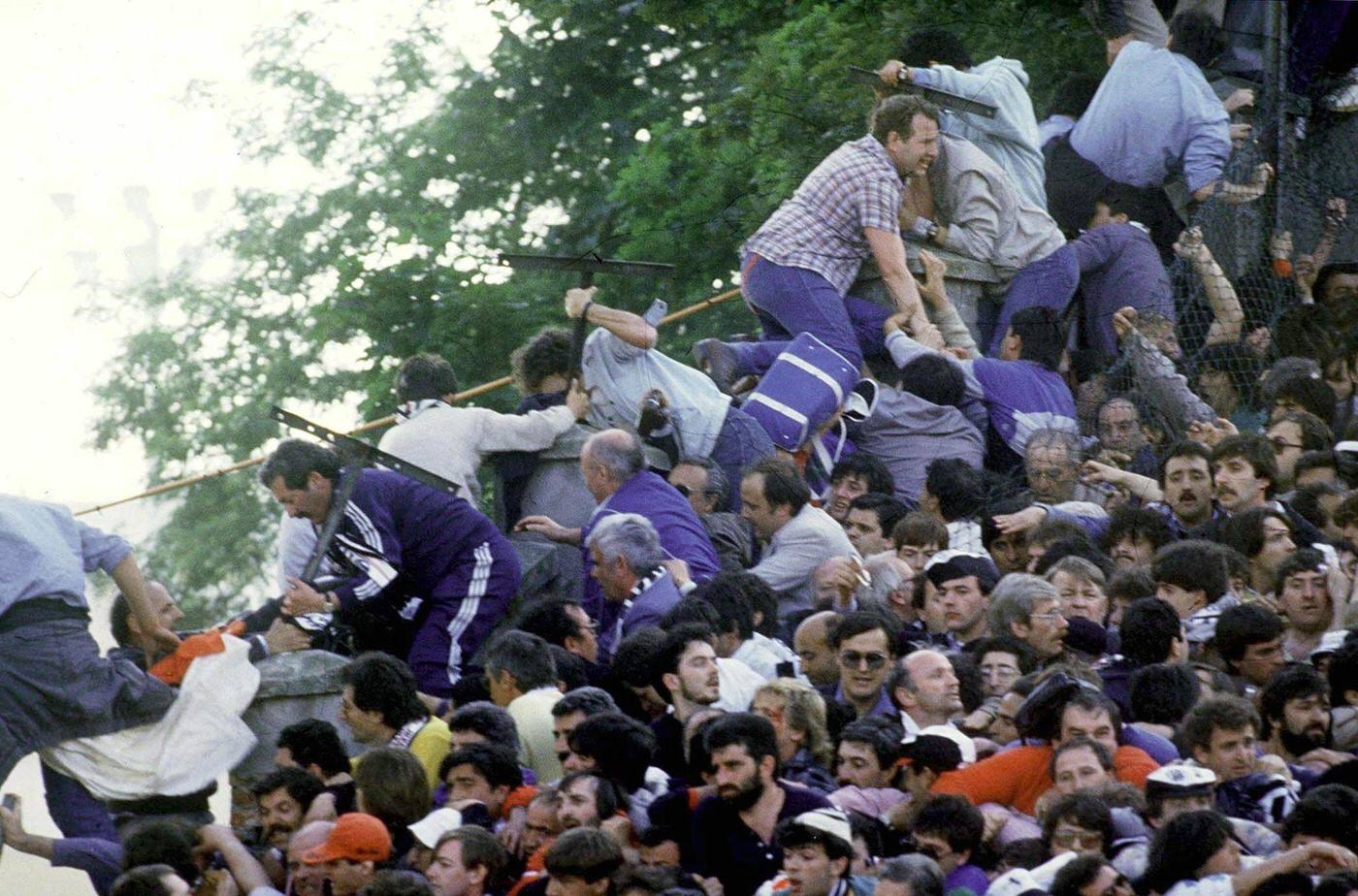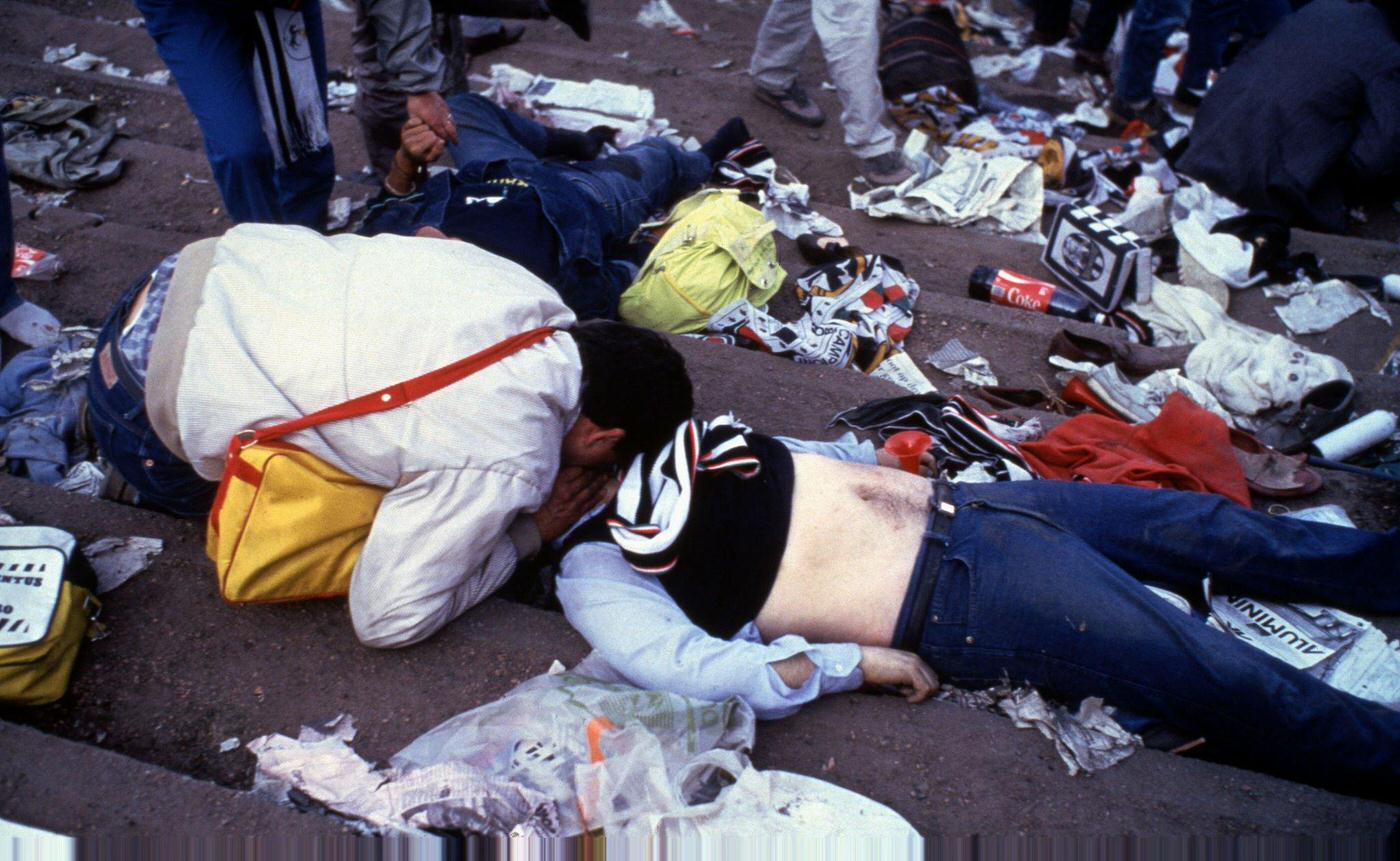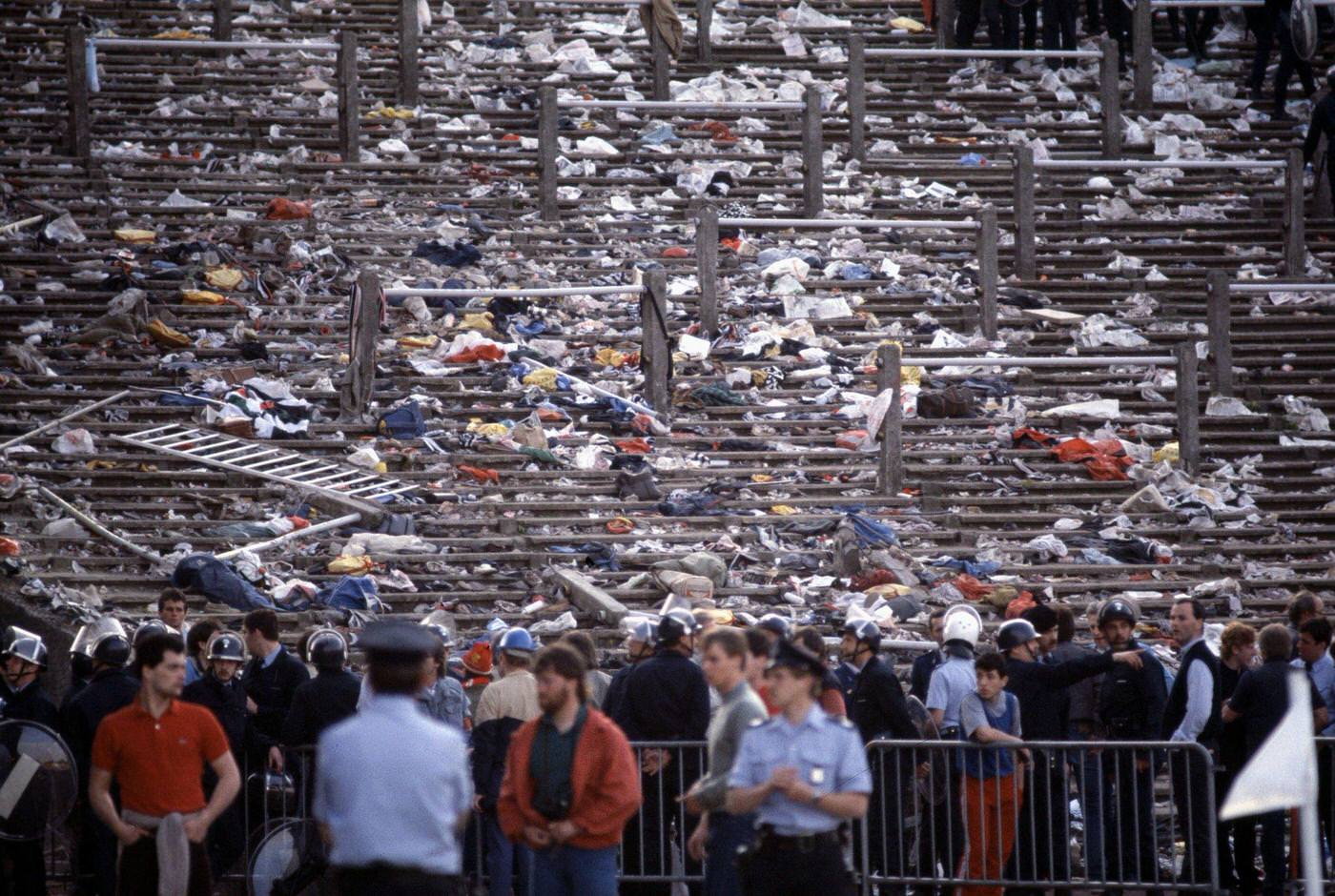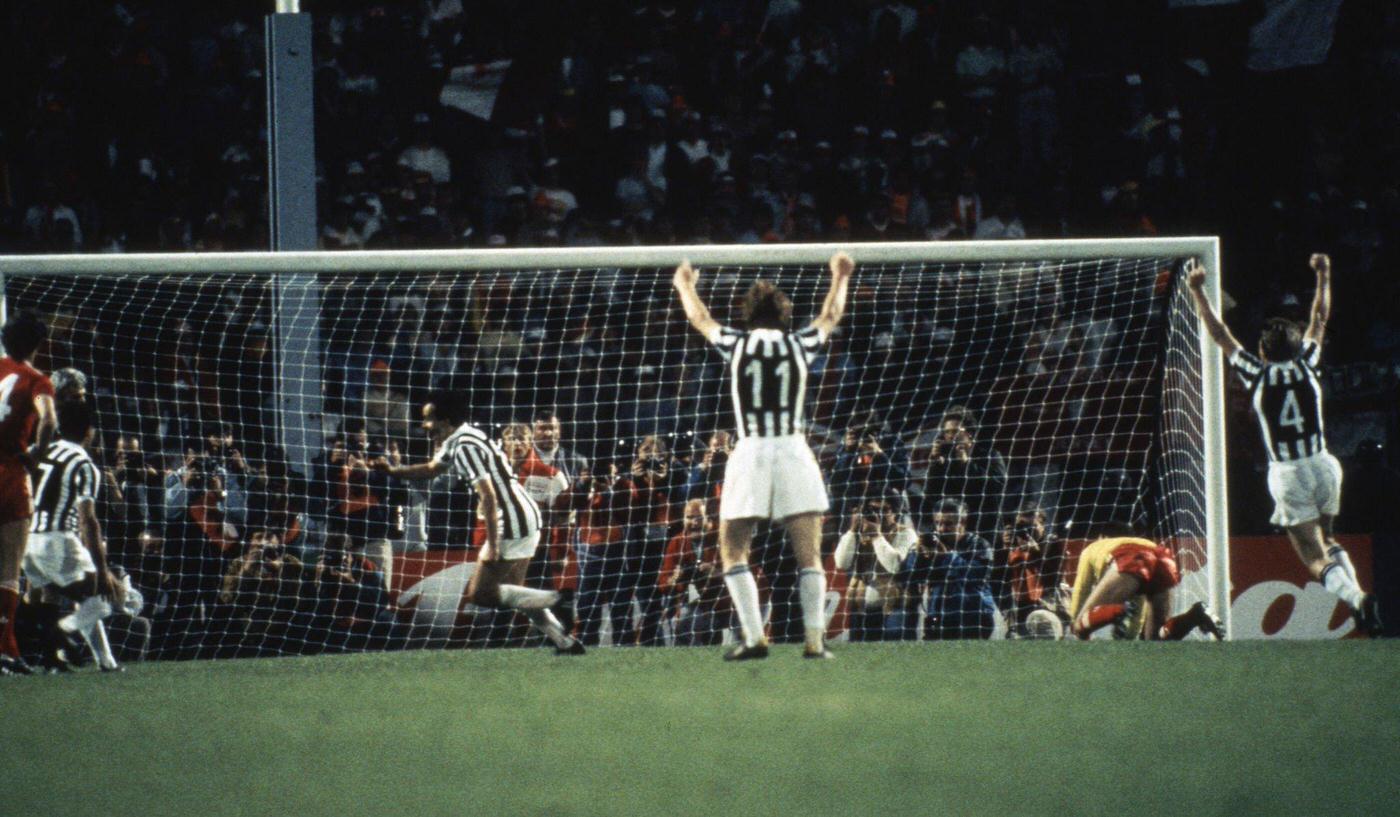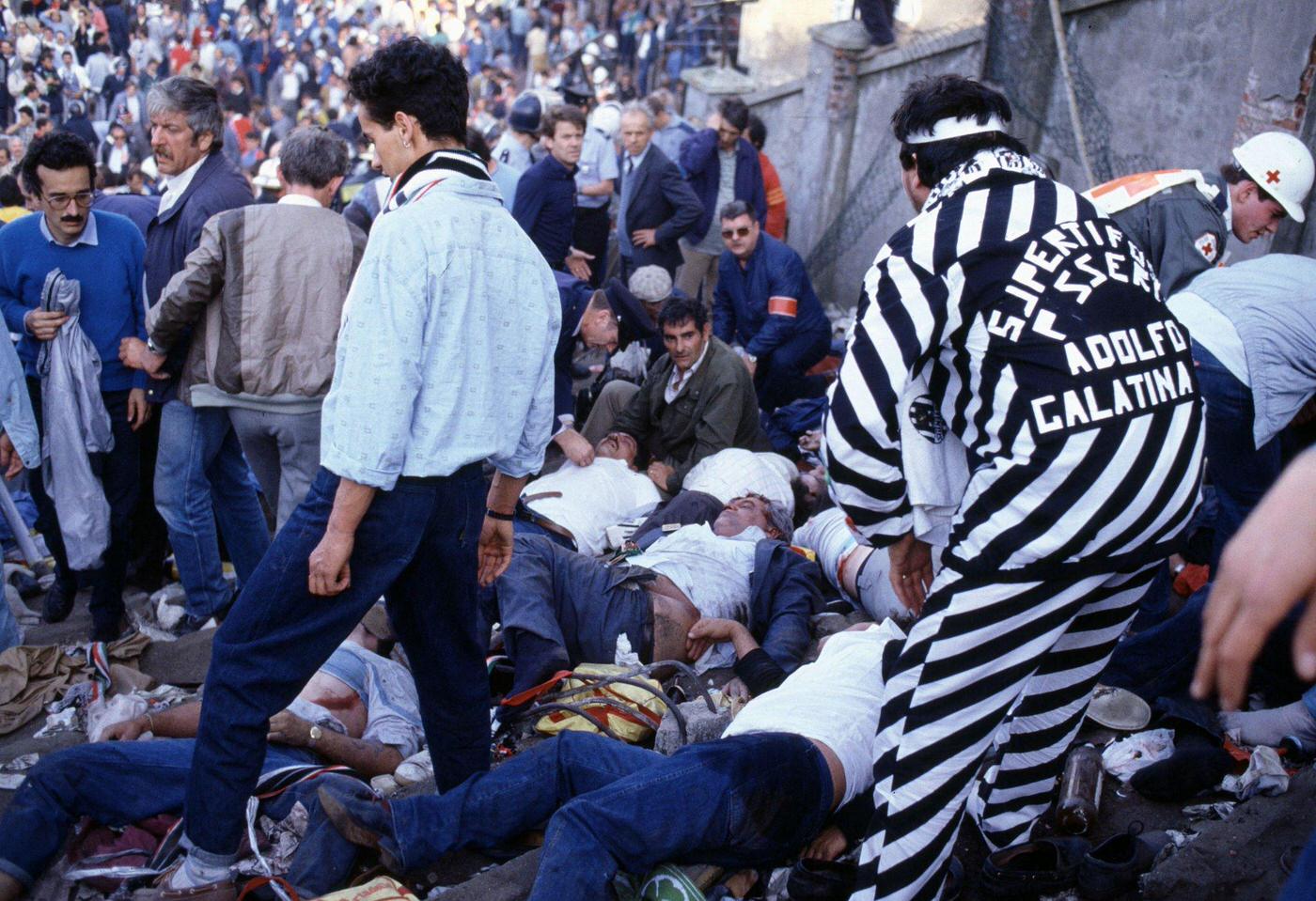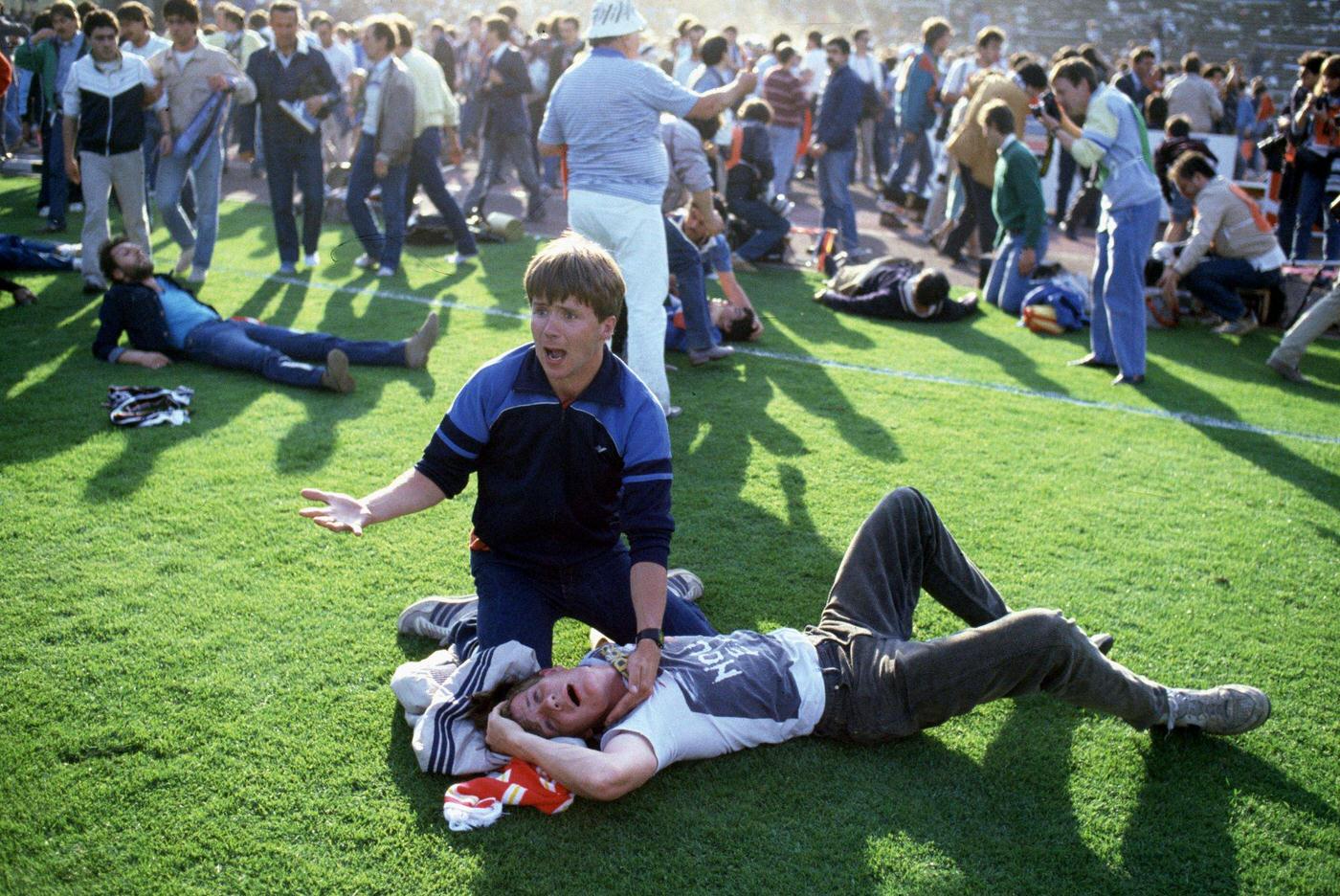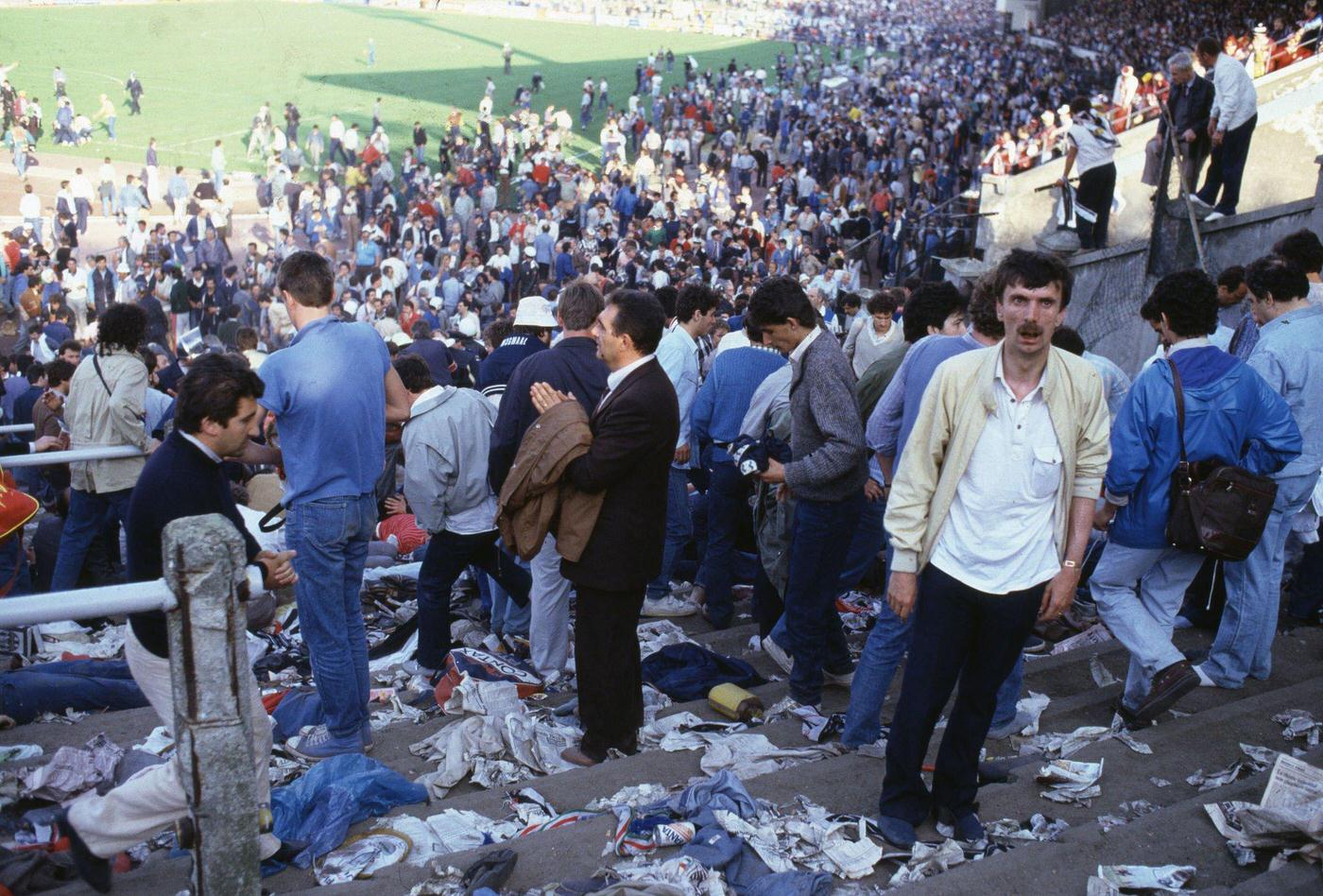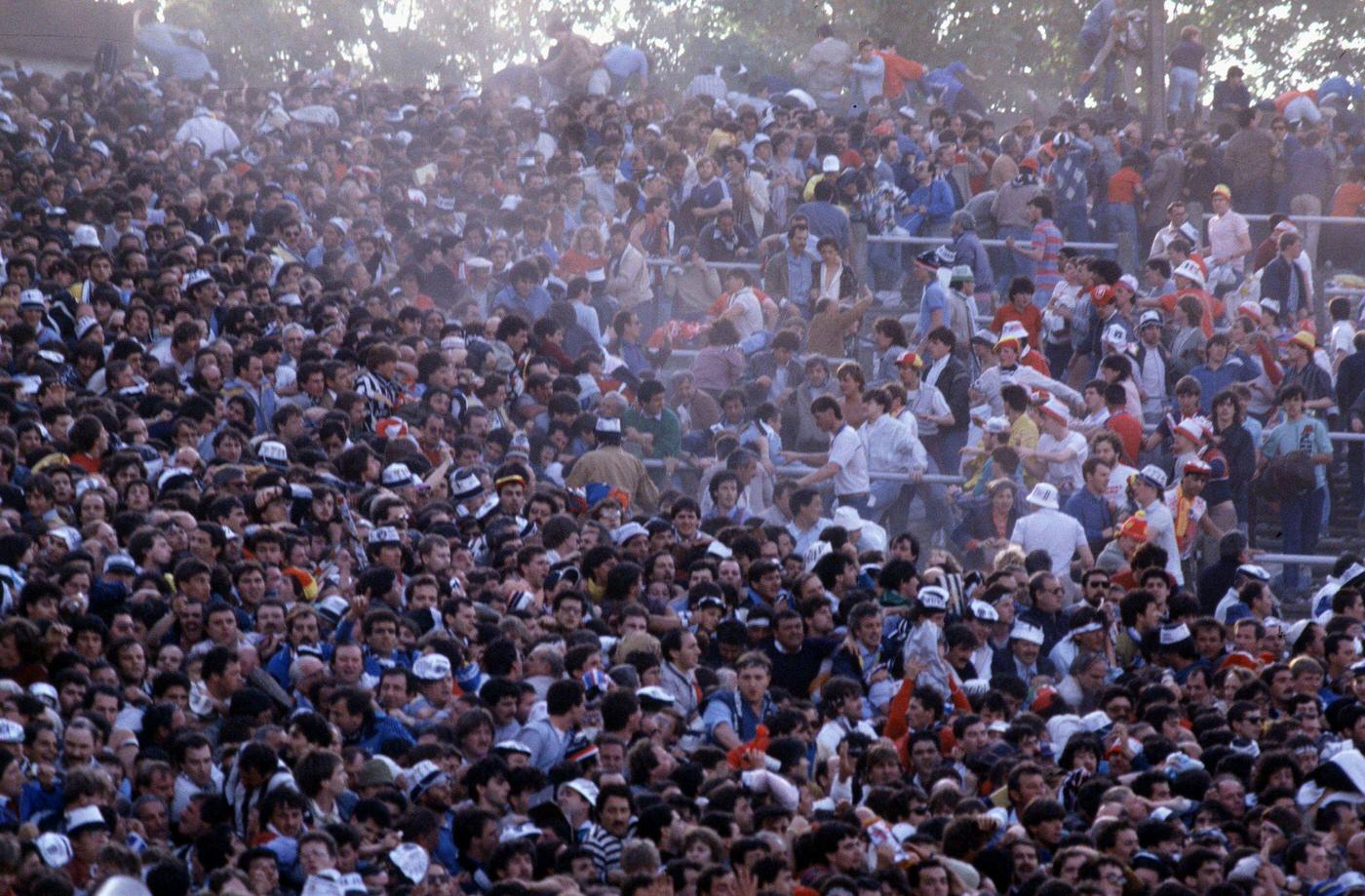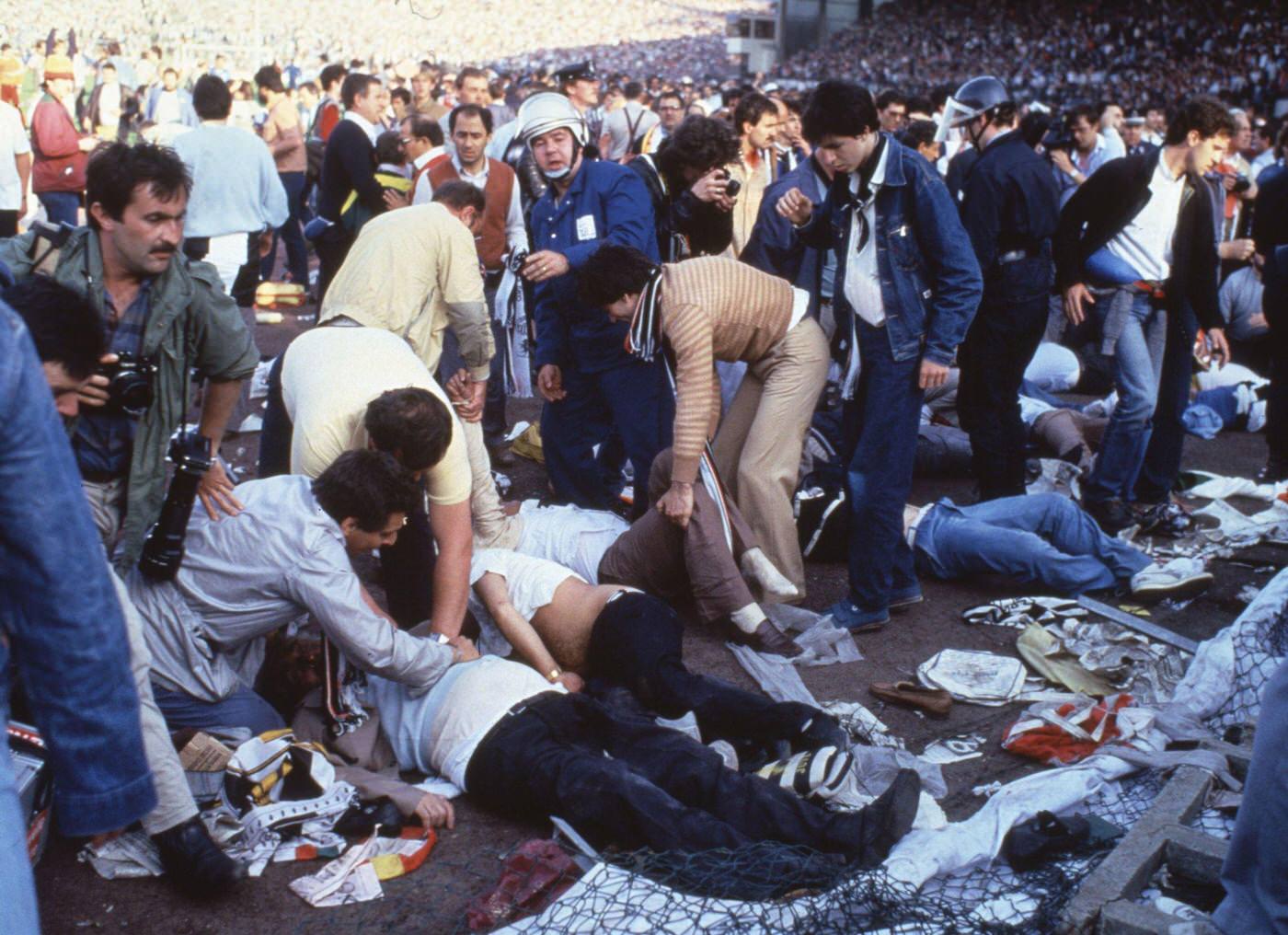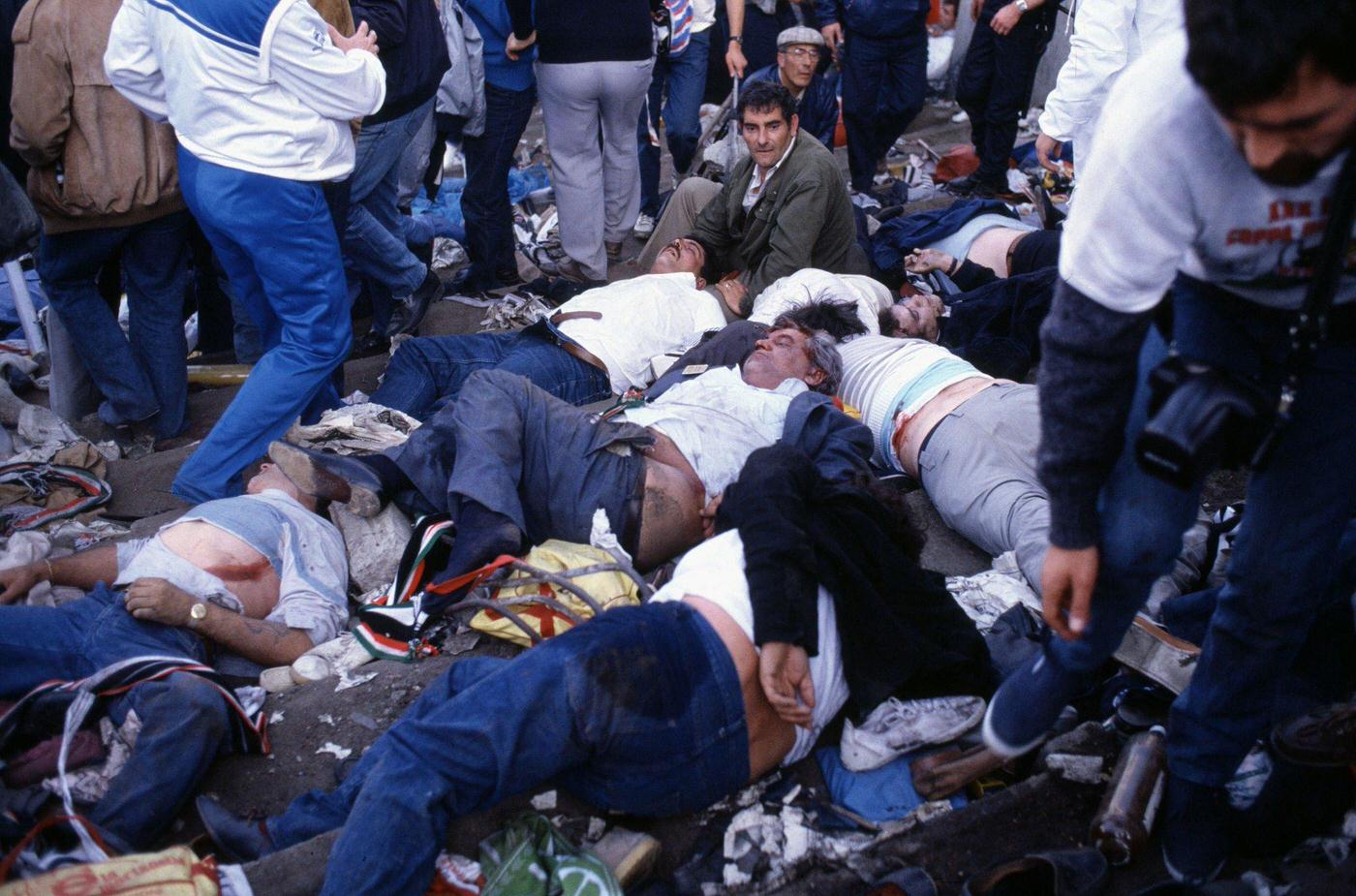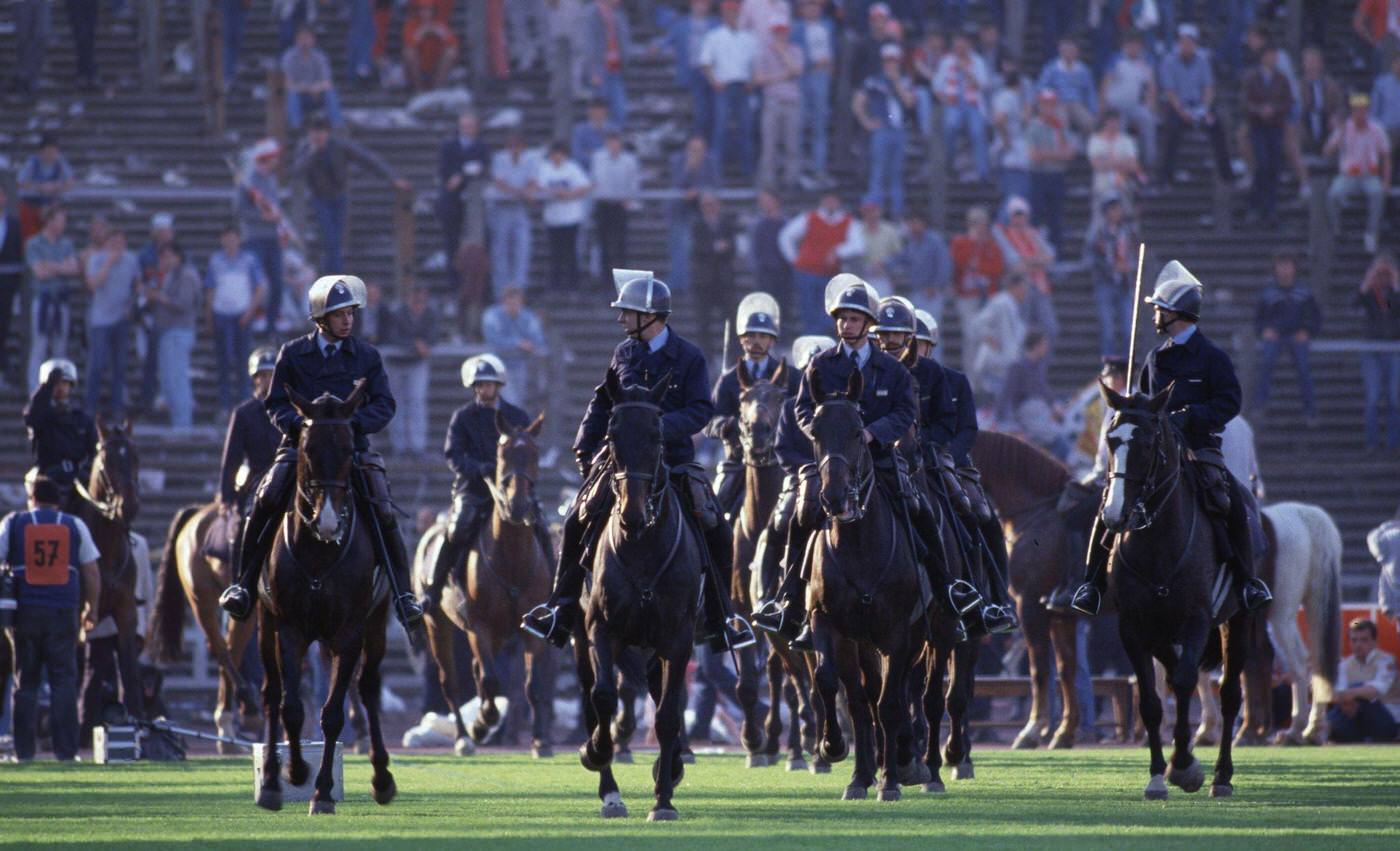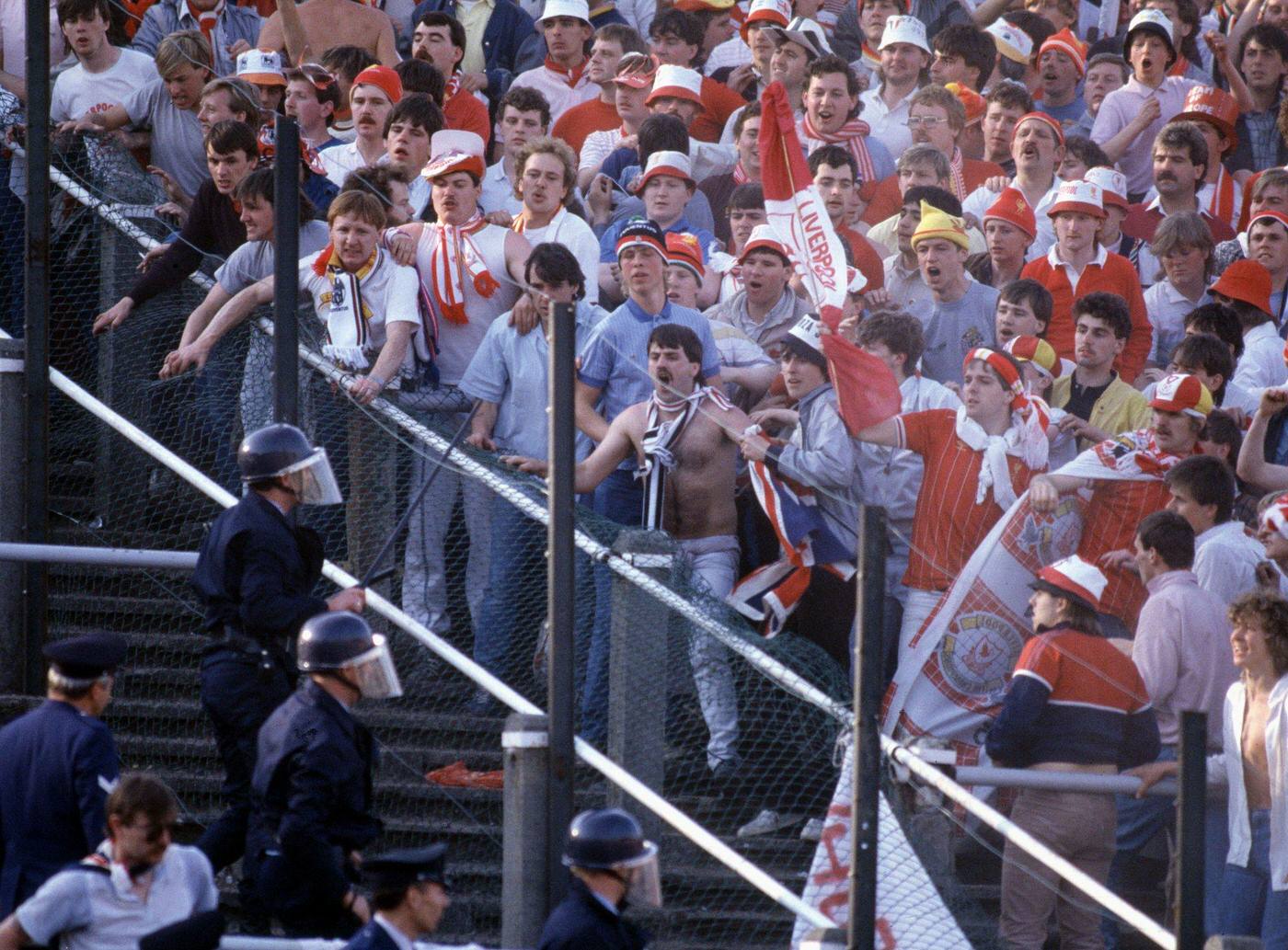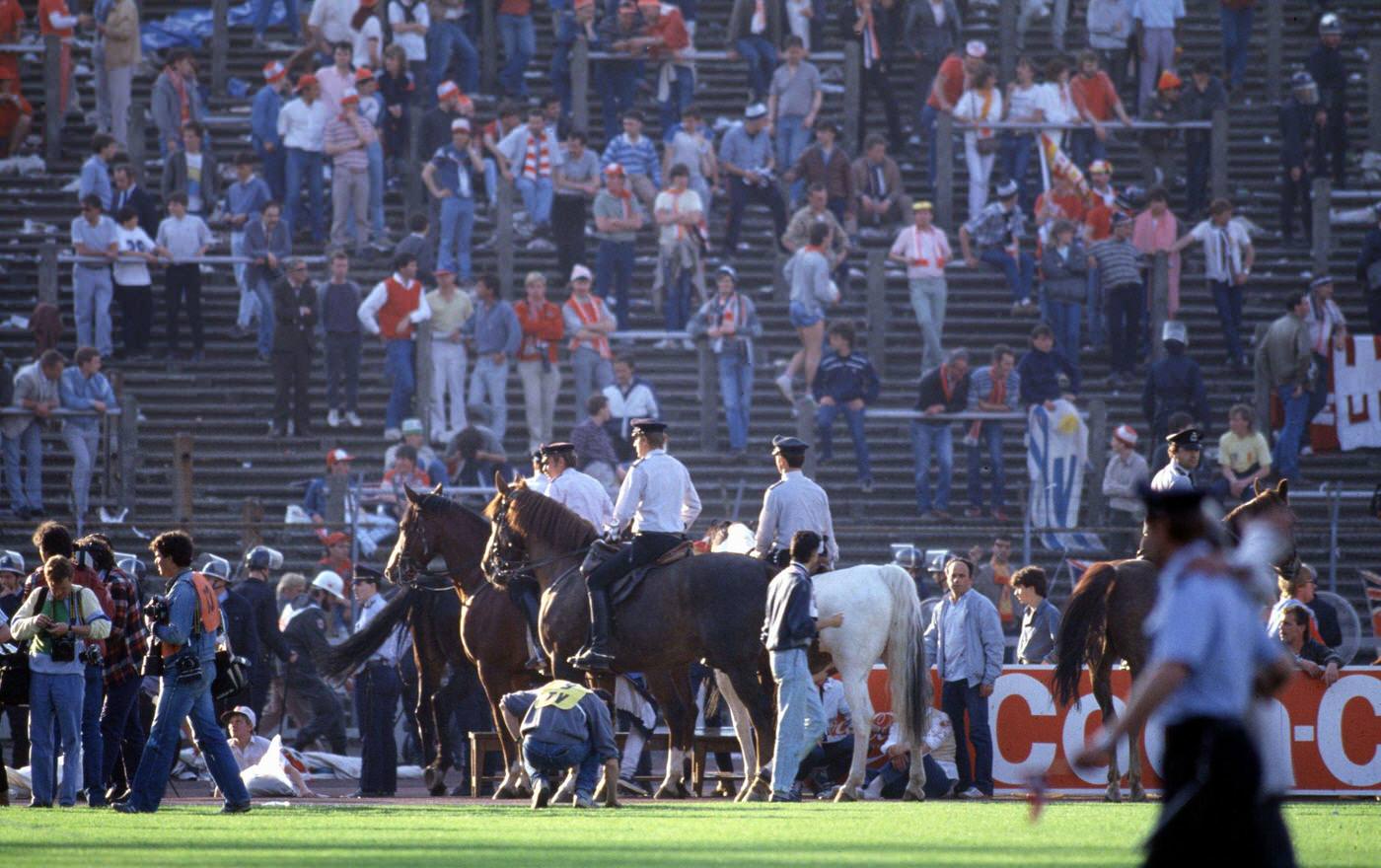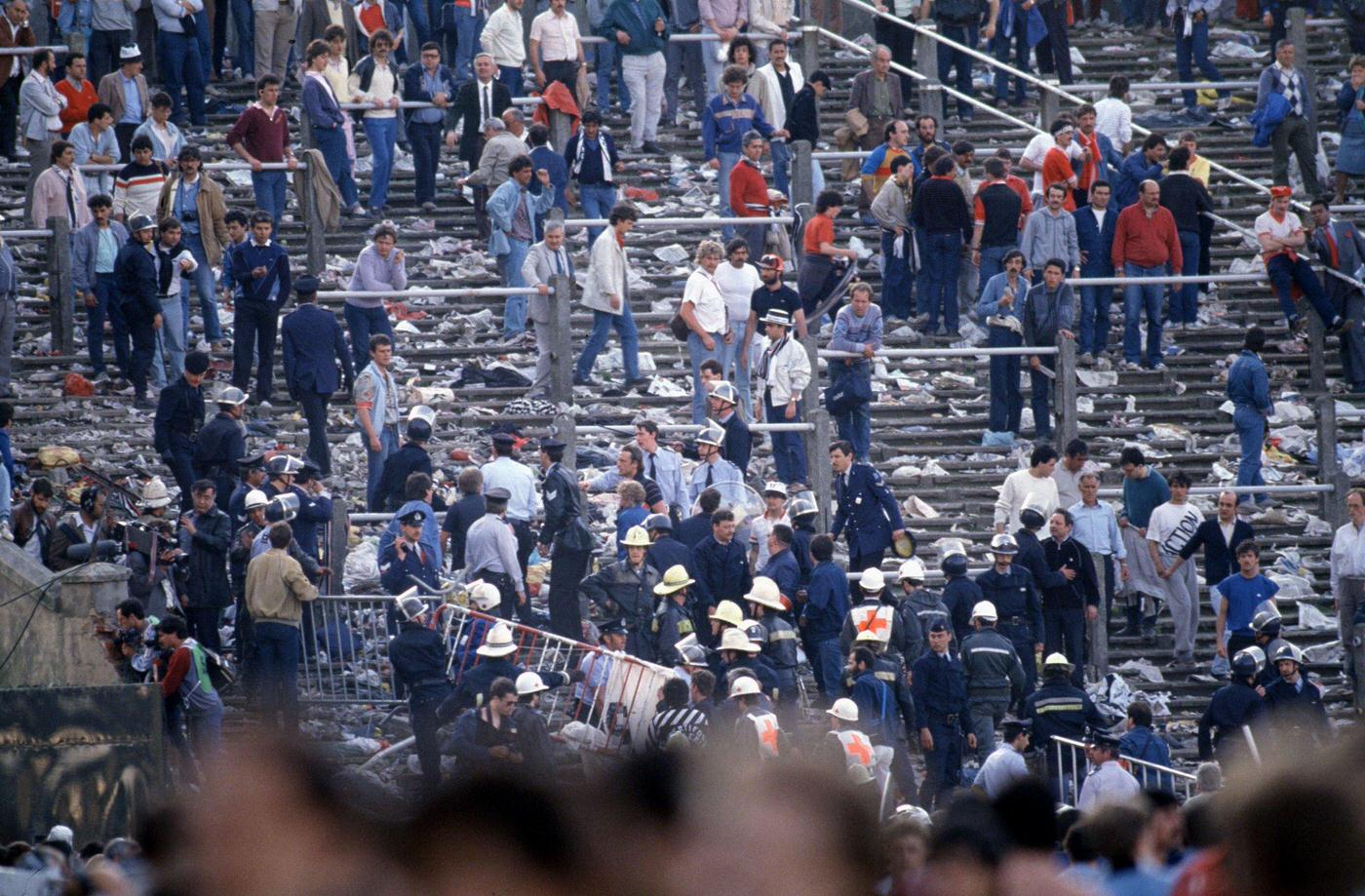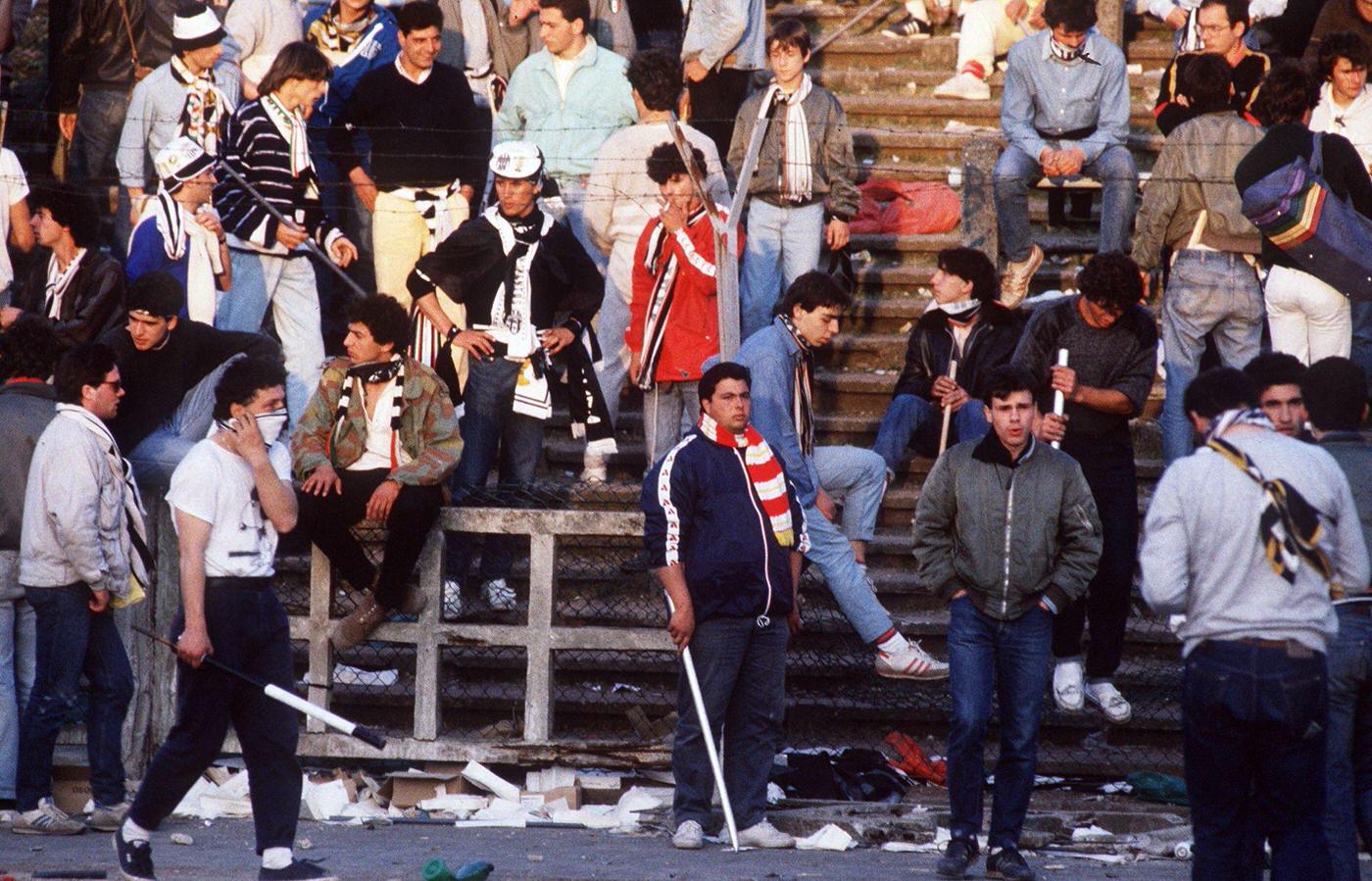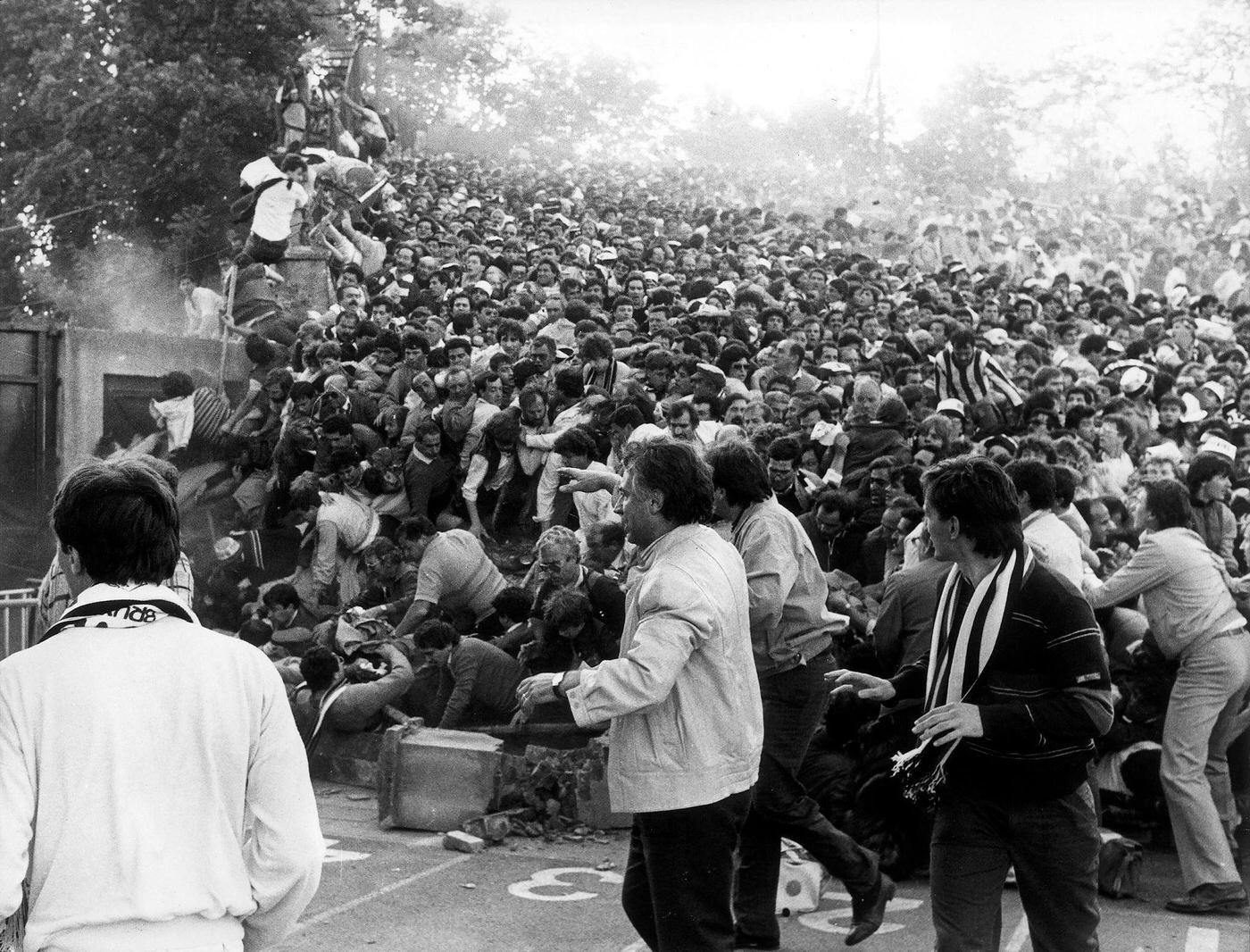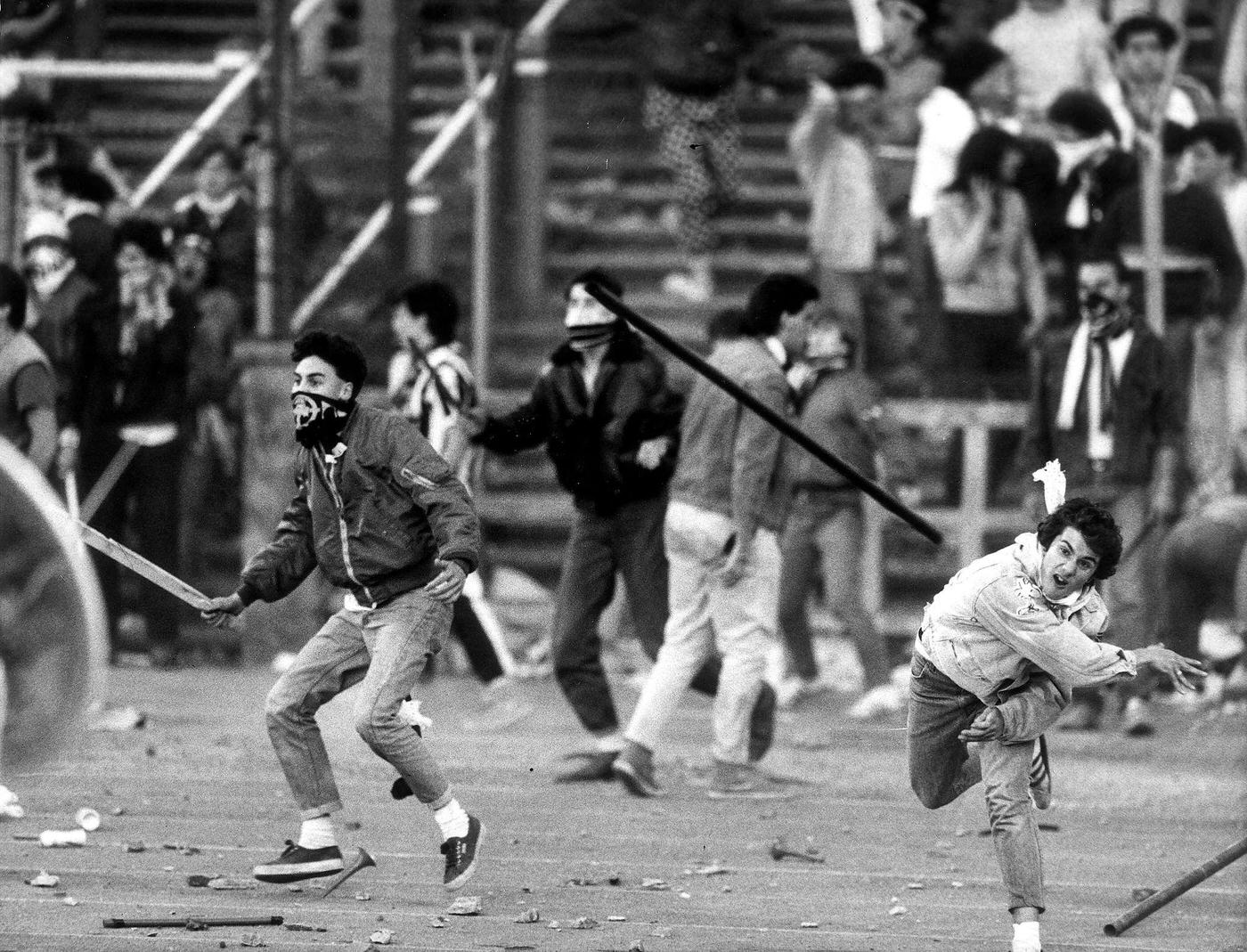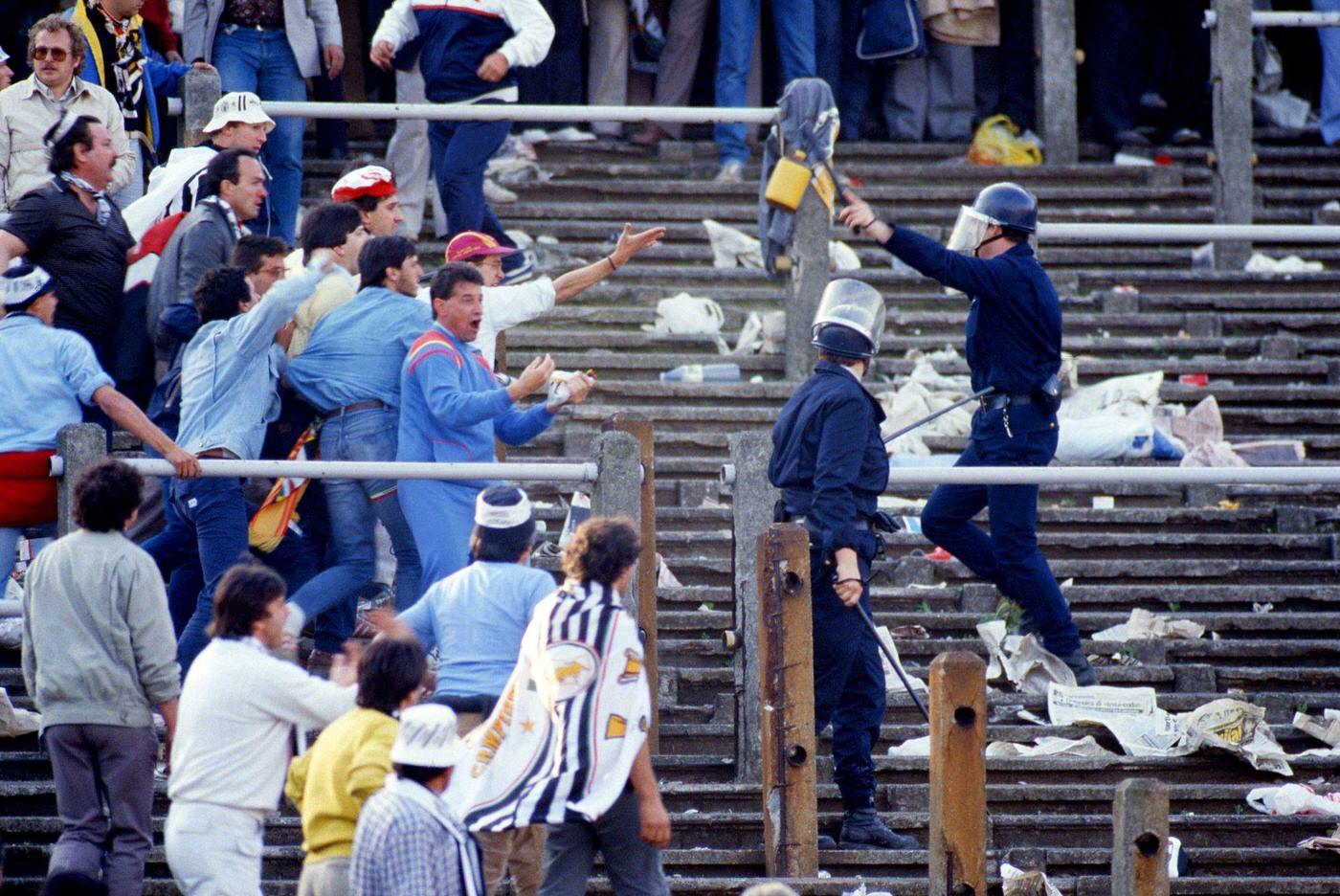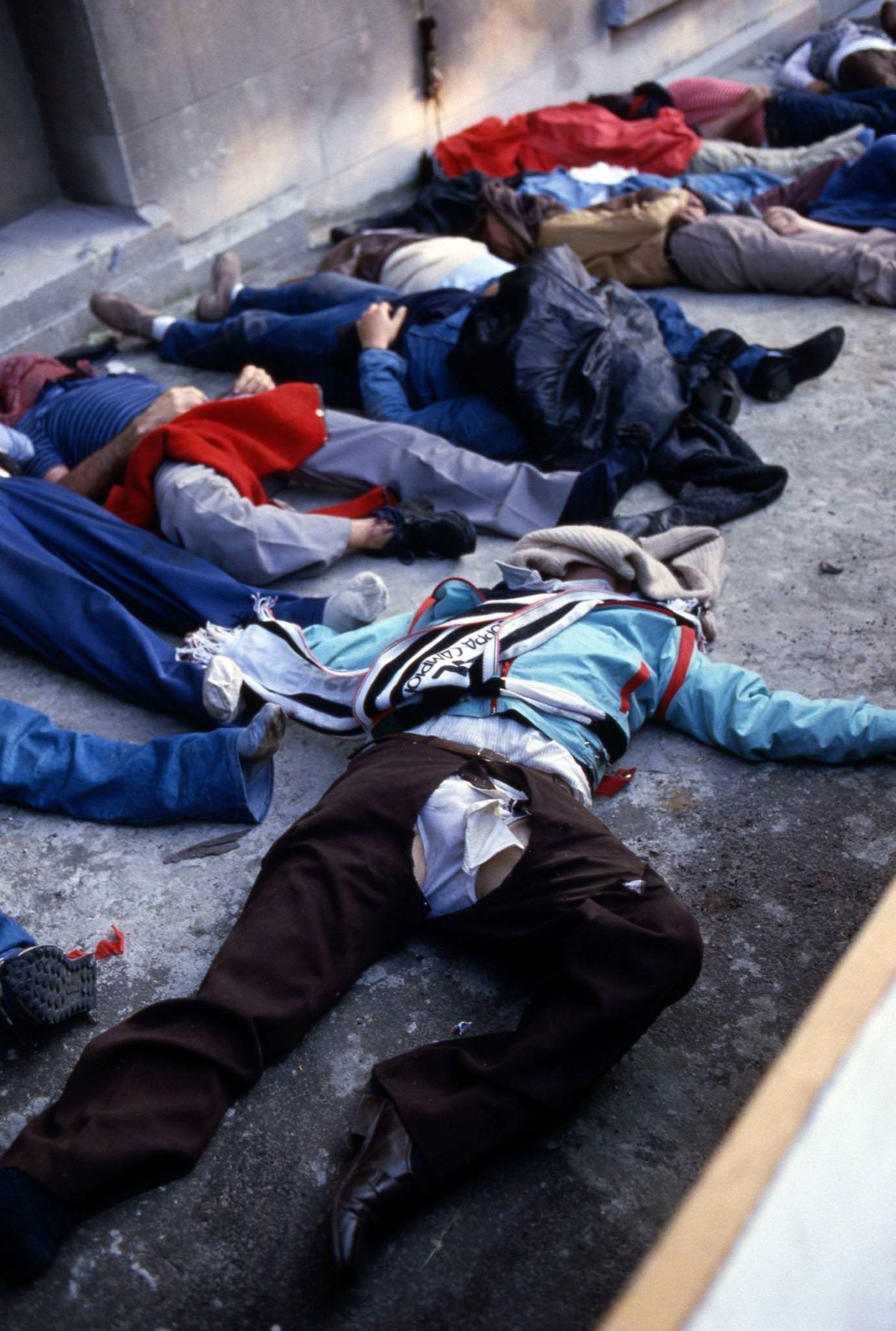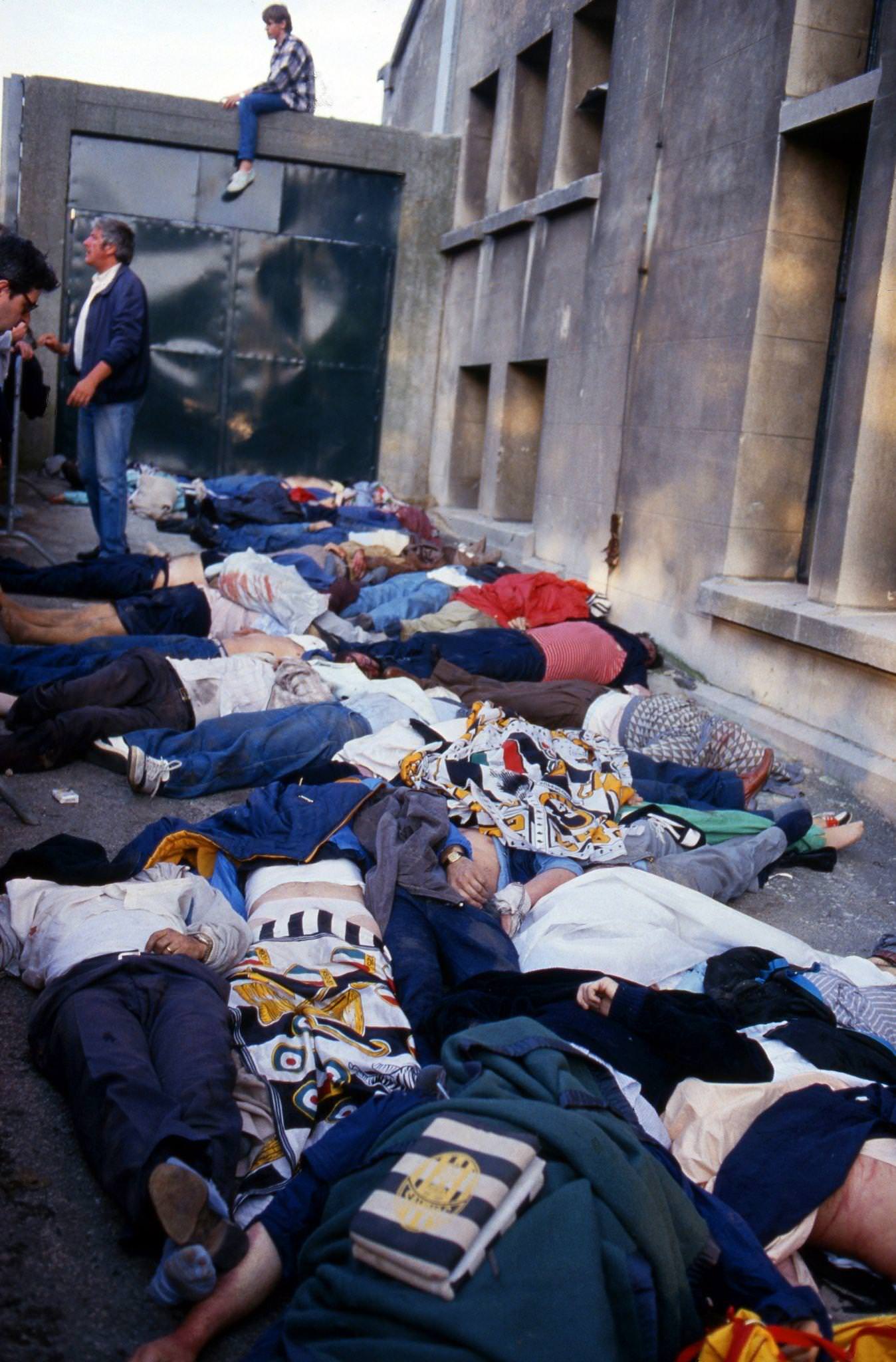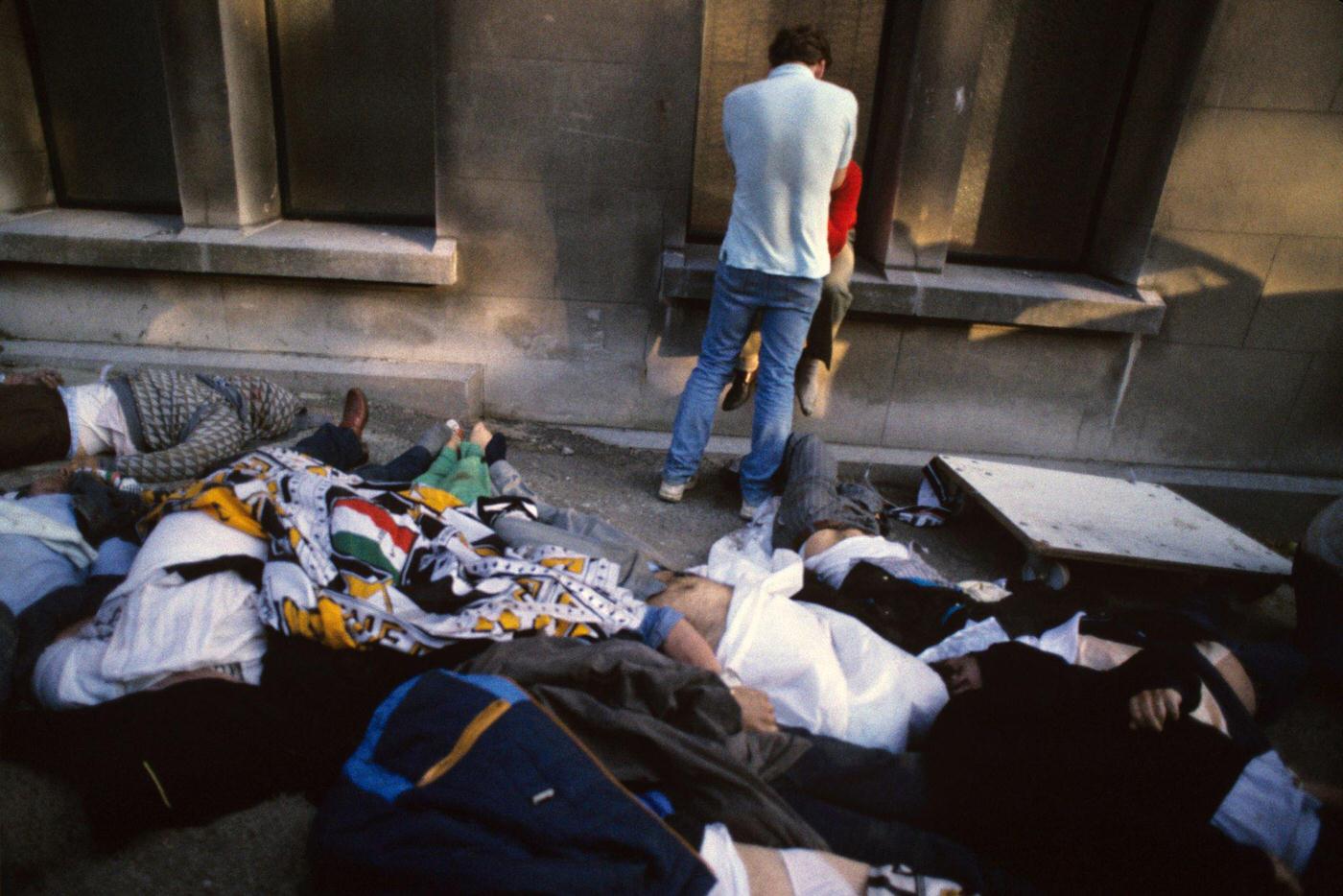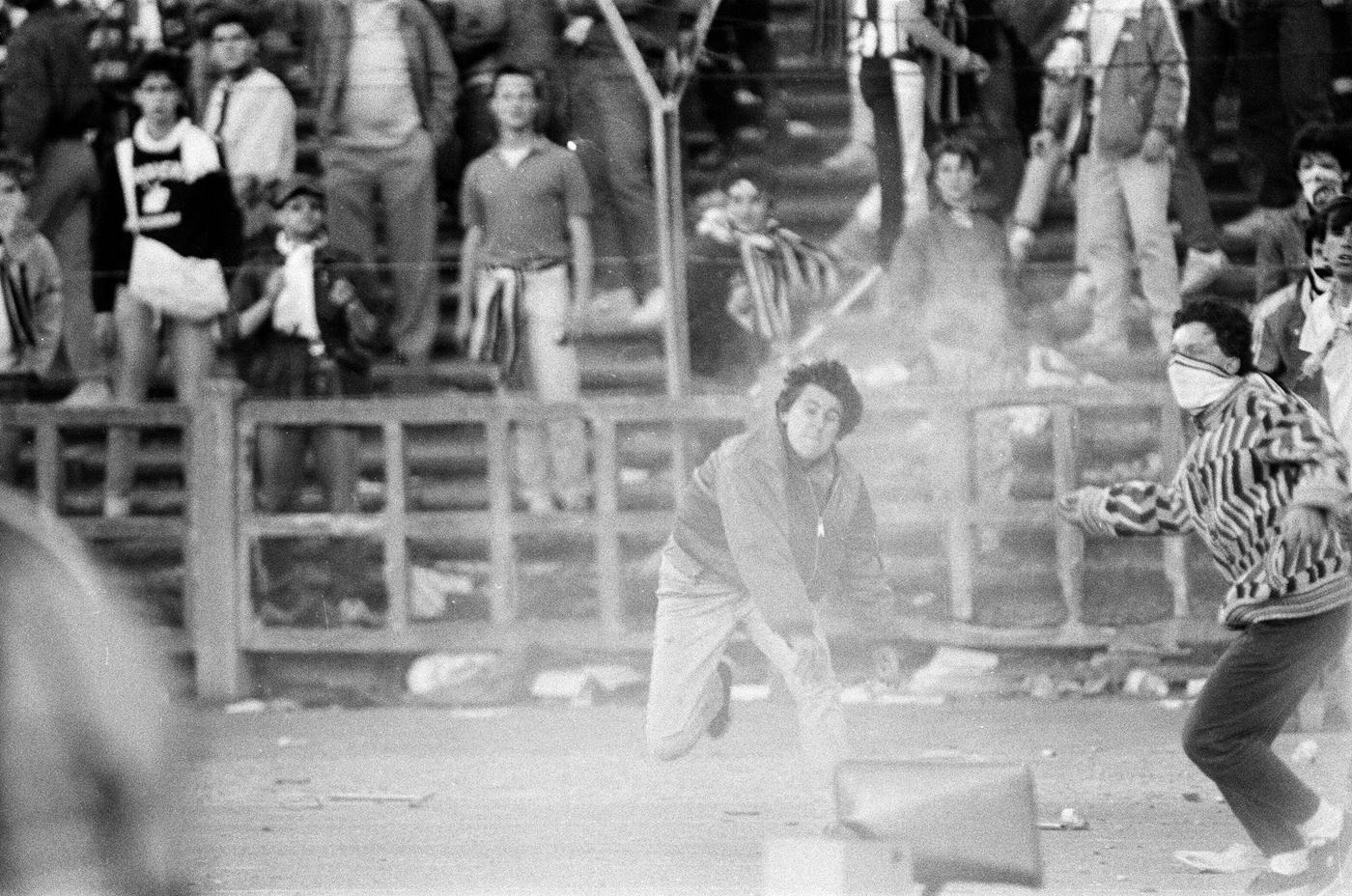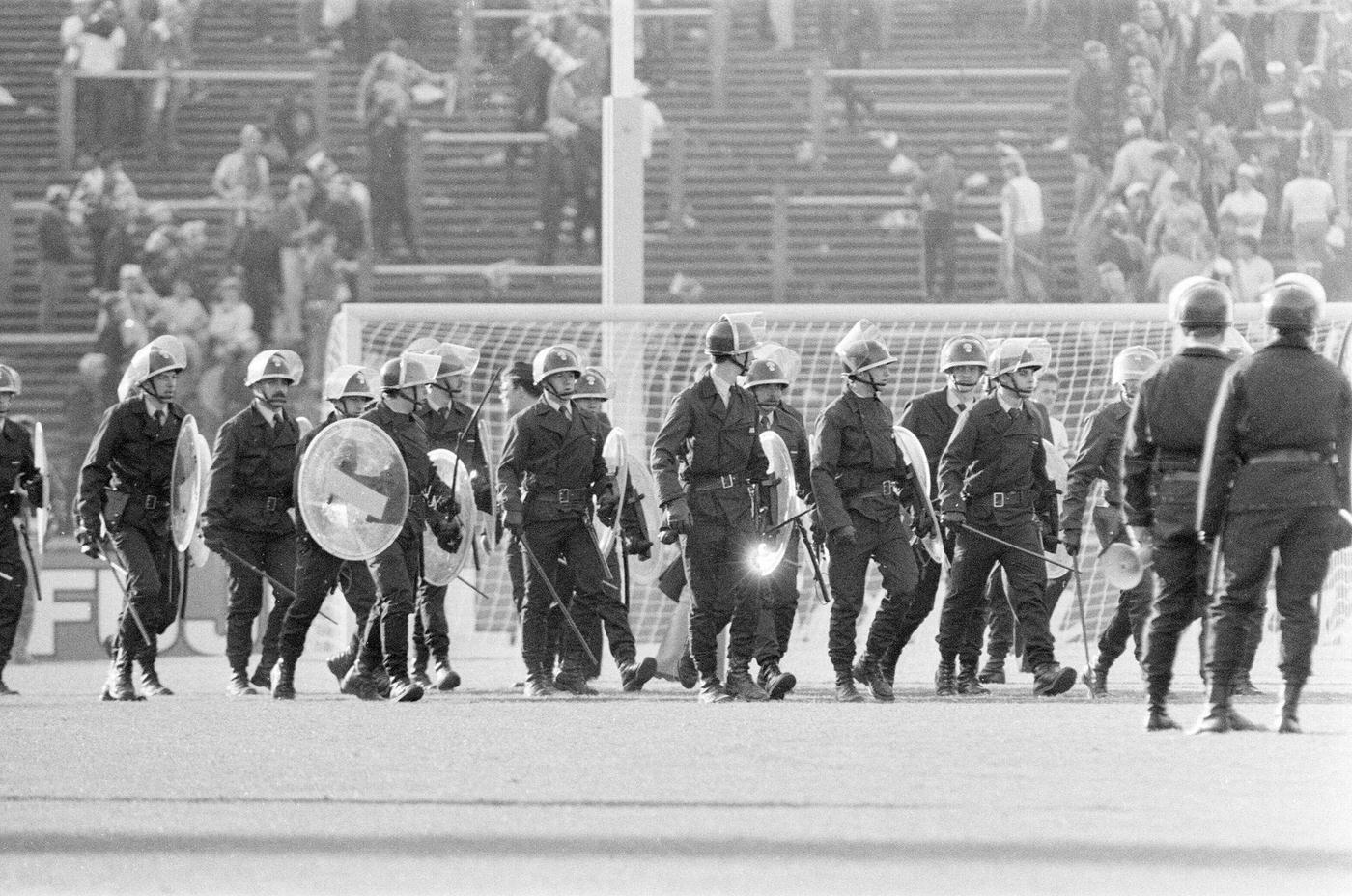On May 29, 1985, Heysel Stadium in Brussels, Belgium, was set to host the European Cup final between Juventus of Italy and Liverpool of England. The event was expected to be a thrilling match, attracting thousands of fans from both countries. However, what should have been a celebration of sport turned into a devastating tragedy that left 39 people dead and hundreds injured.
Tensions were already high before the match, largely due to the intense rivalry between the English and Italian football clubs. The Heysel Stadium, built in 1930, was also criticized for its deteriorating condition, with crumbling walls and insufficient segregation between rival fans, raising concerns about spectator safety.
The Incident
The atmosphere at Brussels’ Heysel Stadium was palpable even before the European Cup final between Juventus and Liverpool started on May 29, 1985. Tensions were already escalating between the English and Italian fans, exacerbated by the inadequate facilities and lack of proper segregation measures. About an hour before the match was set to begin, a cluster of Liverpool supporters broke through a chain-link fence intended to separate them from the Juventus fan section.
Upon breaching the fence, Liverpool fans surged towards the Juventus crowd, initiating a stampede. Panicked Juventus supporters attempted to flee from the approaching crowd, moving towards a dilapidated concrete wall at the rear of the terrace. The combined force of the retreating fans and the encroaching Liverpool supporters resulted in immense pressure against the already fragile wall.
In a horrific turn of events, the wall could not withstand the force exerted by the mass of people and collapsed, trapping Juventus fans against a concrete retaining barrier. The collapse led to a terrible and immediate human toll: 39 people died, most of whom were Italian supporters, and more than 600 were left injured. Emergency services were quickly overwhelmed, as they tried to rescue trapped fans and provide medical attention to the injured, turning a sporting event into a catastrophic tragedy.
Immediate Aftermath
In a move that drew severe criticism from various quarters, the match between Juventus and Liverpool was allowed to proceed despite the horrifying events that had just unfolded at Heysel Stadium. The decision was reportedly made to deter the already volatile crowd from causing further chaos. UEFA officials, in consultation with Belgian authorities, believed that canceling the match could incite additional violence, given the emotional and tumultuous state of the fans in and around the stadium.
Juventus emerged as the winners with a 1-0 scoreline, but the victory was deeply marred by the day’s tragic events. Even as the players were on the field, a cloud of grim reality hung over the stadium; this was no ordinary win, and celebrations were notably subdued. For many, the match itself became an afterthought, a footnote in what was a dark day for football.
Immediate repercussions followed in the wake of the Heysel Stadium disaster. English clubs were promptly banned from participating in European competitions, a prohibition that sent shockwaves through English football. The ban was comprehensive, affecting not just Liverpool but all English clubs, crippling their status in European football. While the ban lasted for five years for most English clubs, Liverpool faced an additional year, totaling six years away from European competitions.
The ban had a substantial impact on the finances and reputations of English clubs, forcing them to reconsider their approach to fan behavior and stadium safety. But perhaps more importantly, the events at Heysel became a critical turning point that led to a reevaluation of safety standards at football matches, affecting regulations and policies for years to come.
Investigations and Legal Actions
Investigations were launched to determine the cause of the incident and identify those responsible. Fourteen Liverpool fans were convicted of involuntary manslaughter in Belgium. The Belgian police and authorities were also criticized for their poor handling of the event, and several officials resigned in the aftermath.
The tragedy sped up replacing older, decrepit stadiums with modern facilities that placed spectator safety as a priority. It also led to the introduction of stricter regulations concerning crowd control and the segregation of rival fans.


